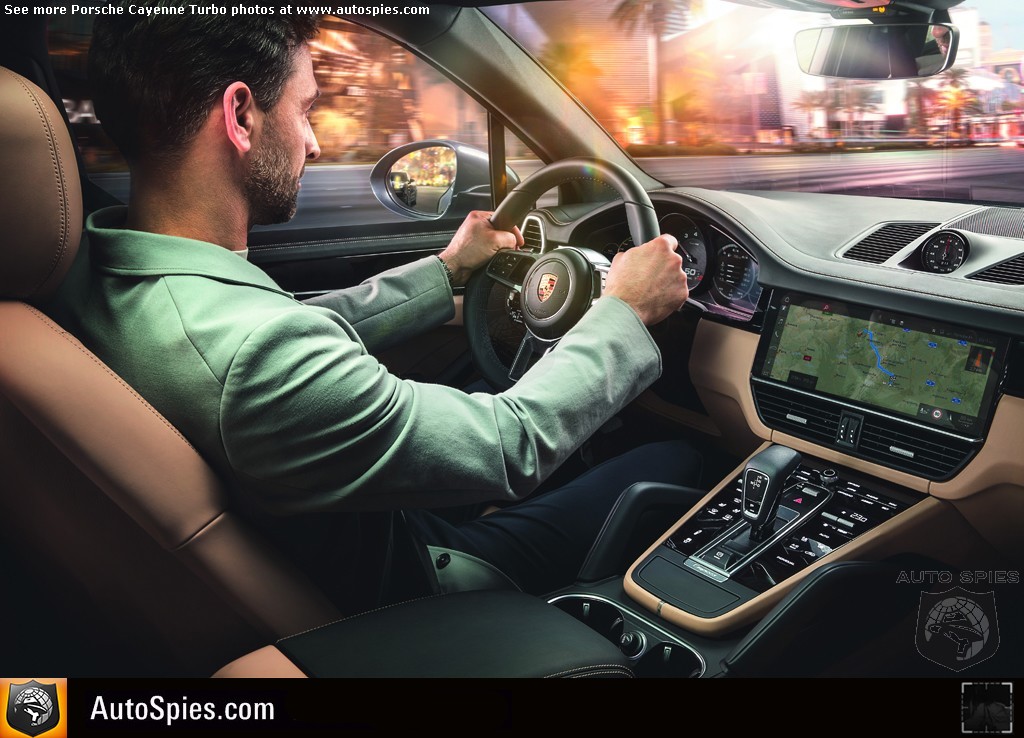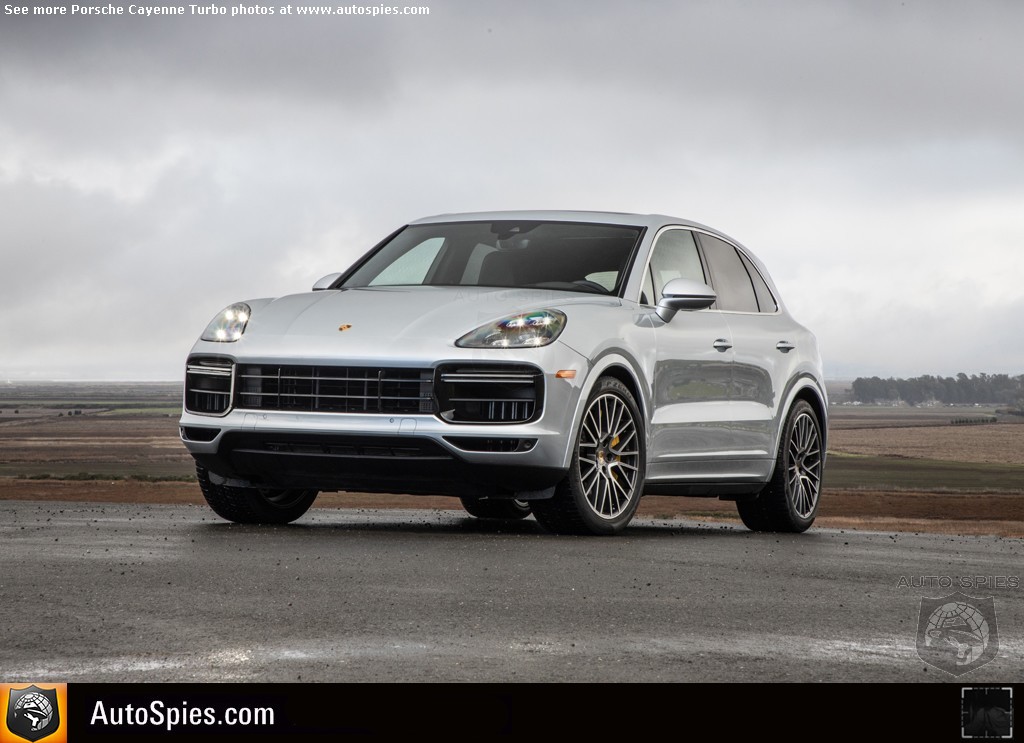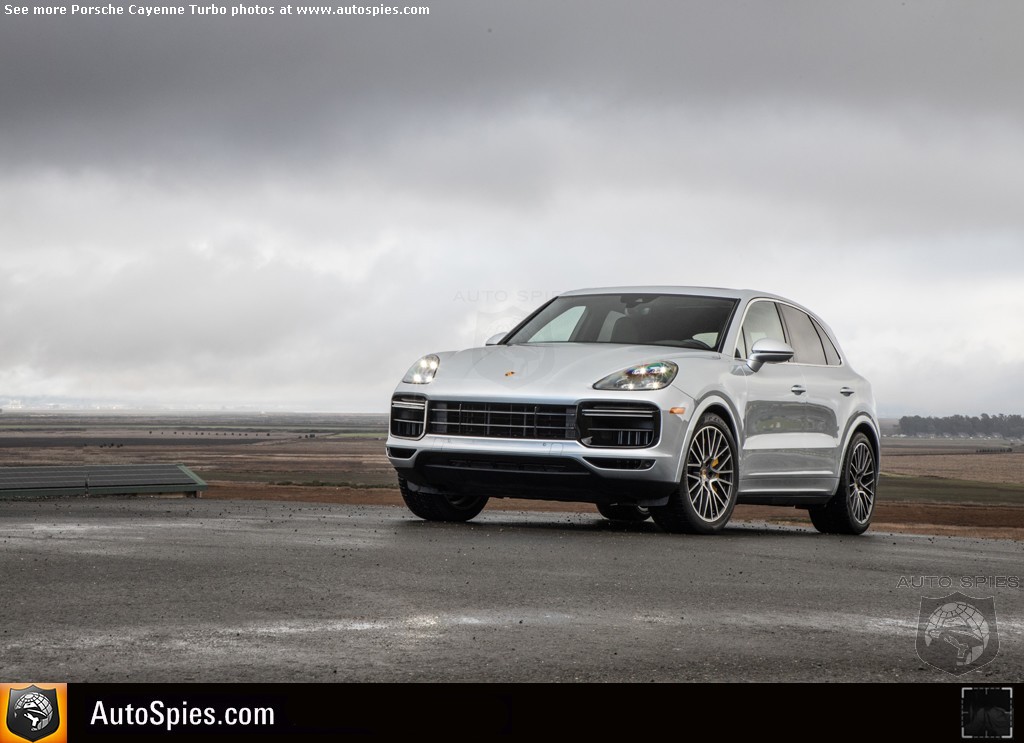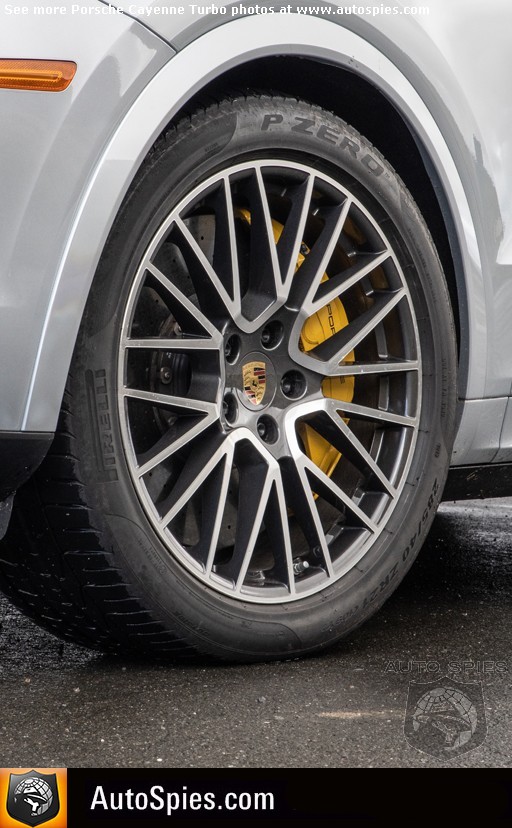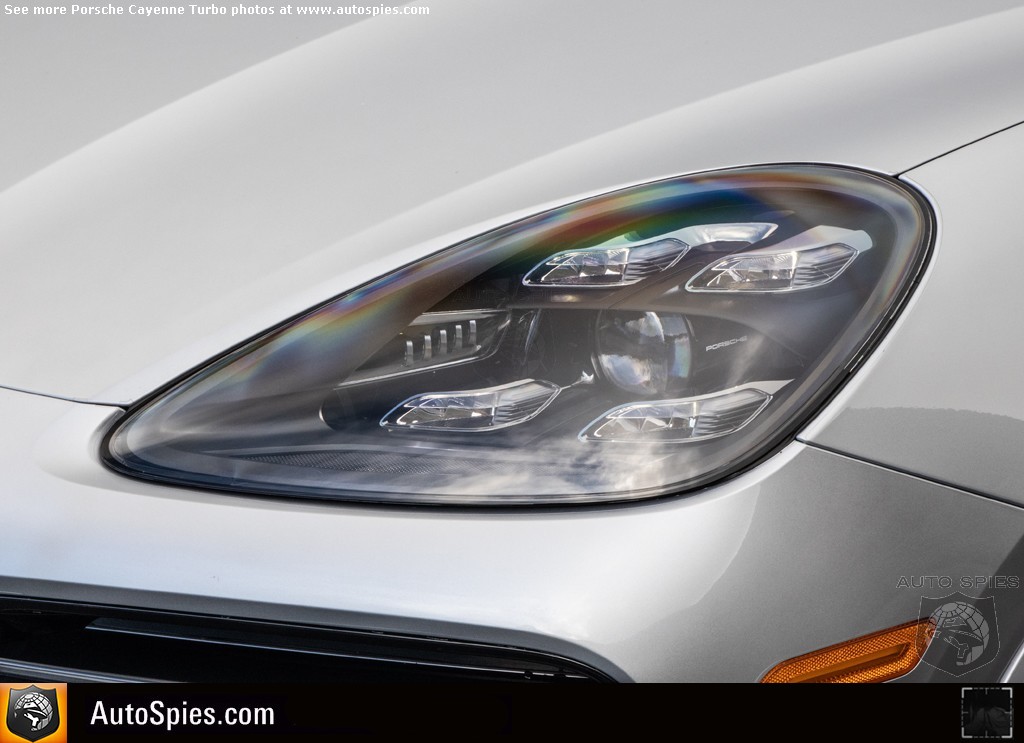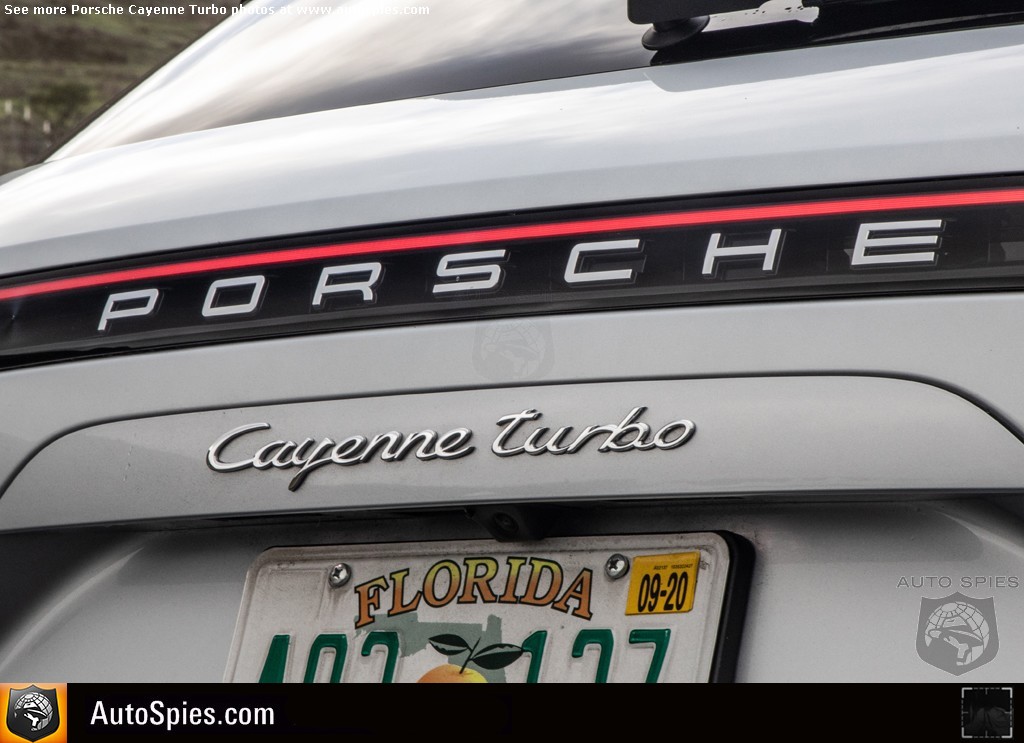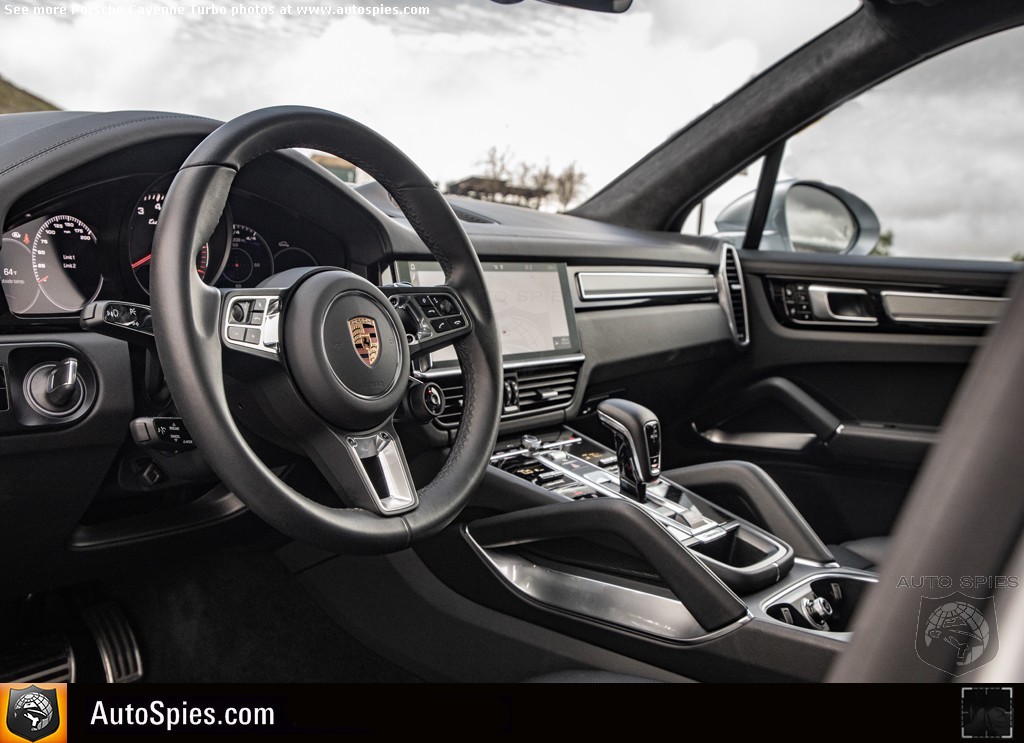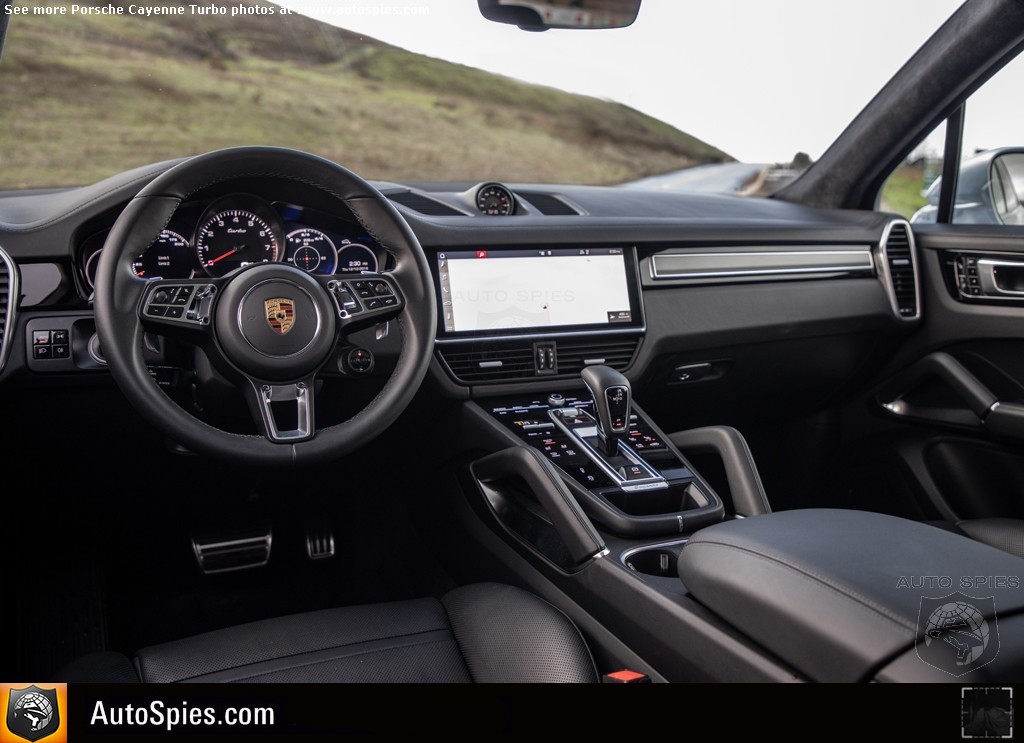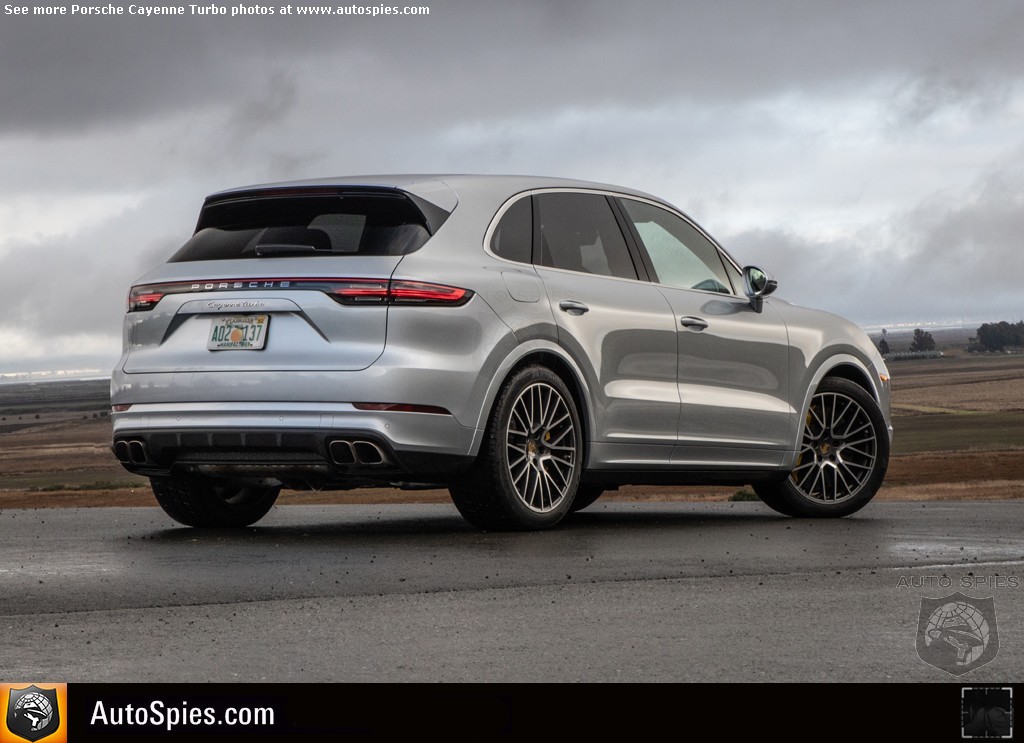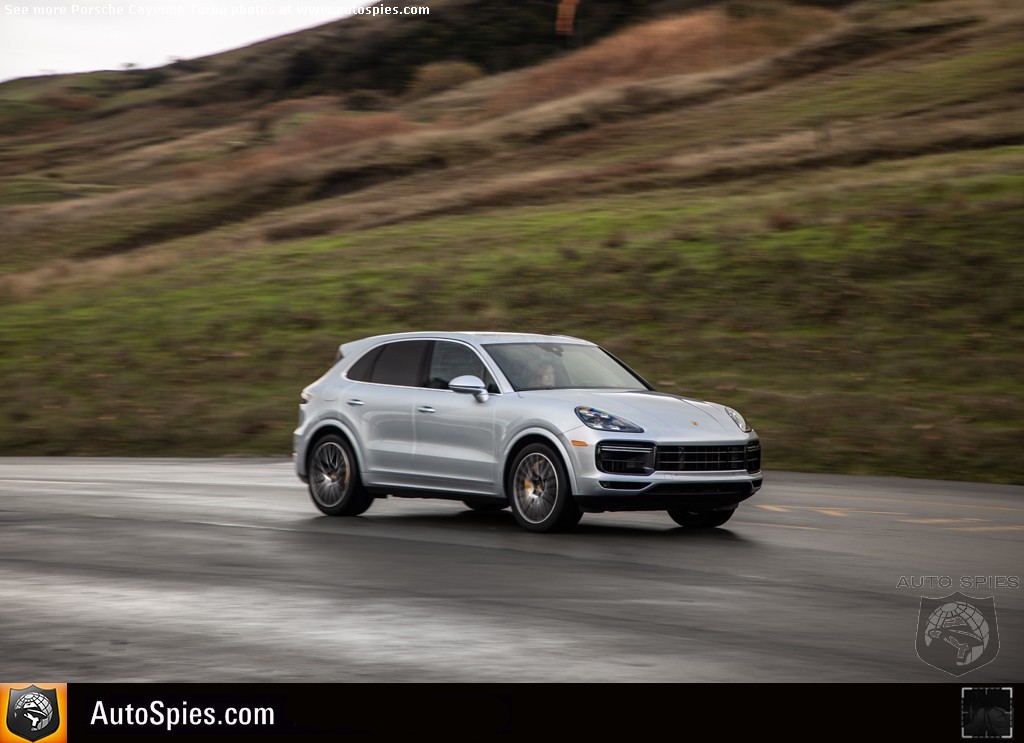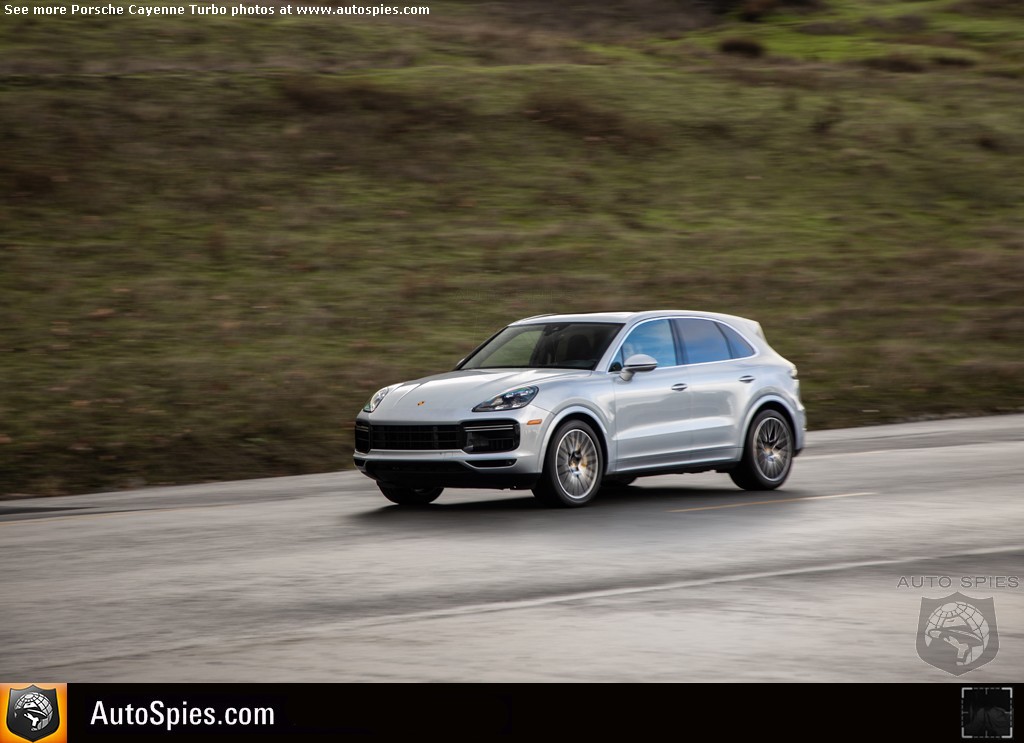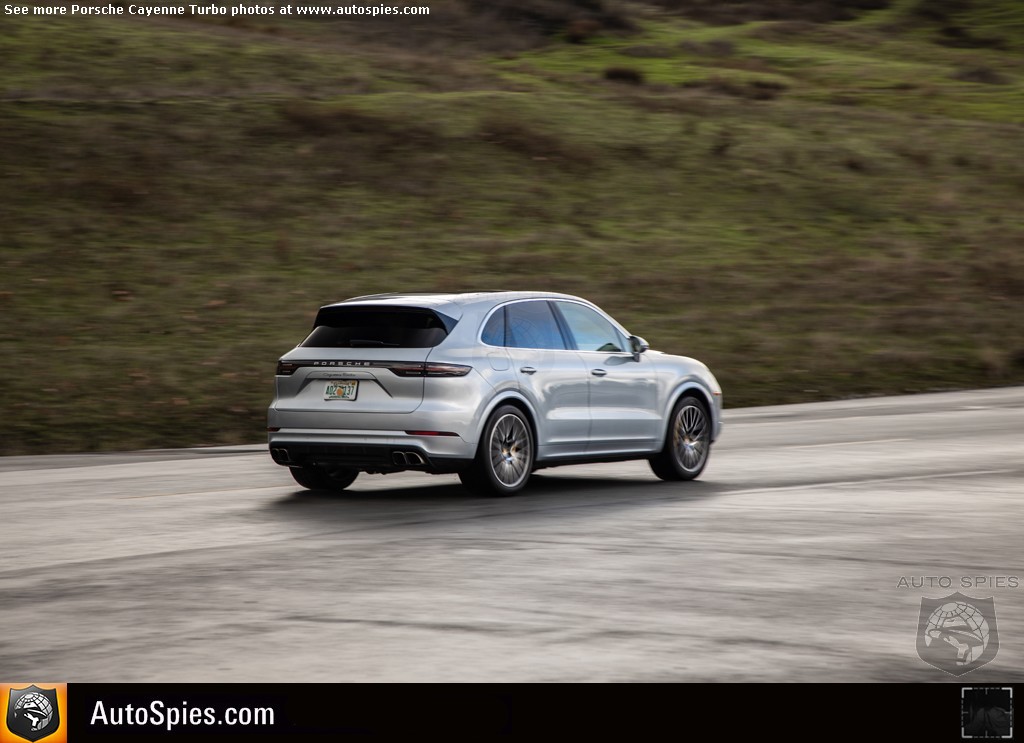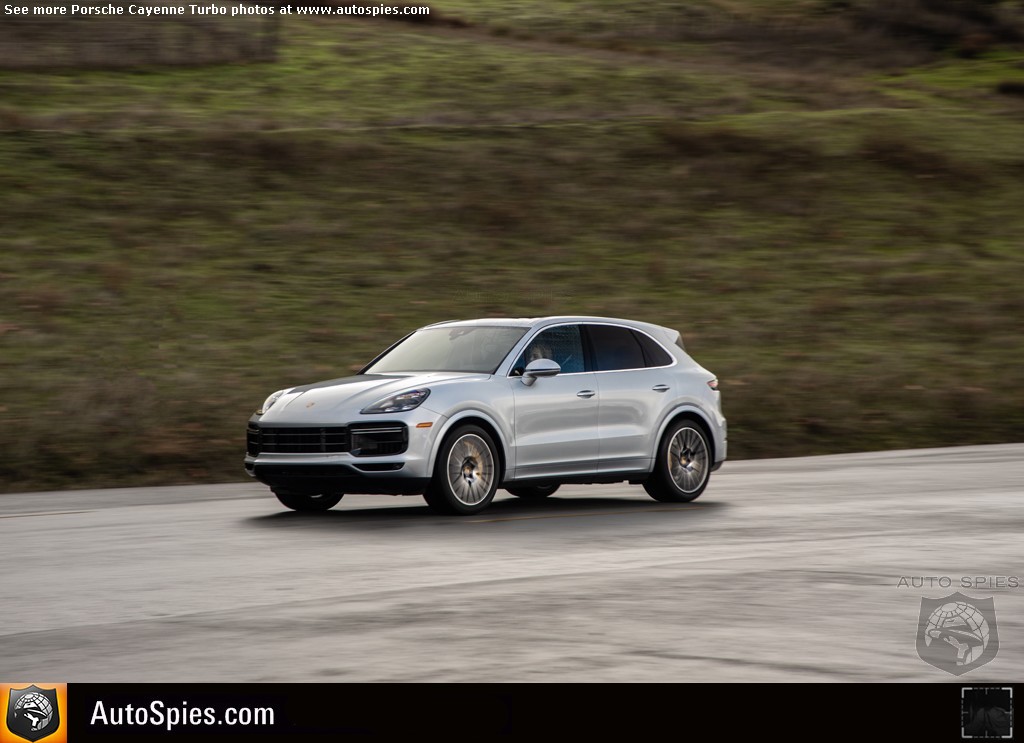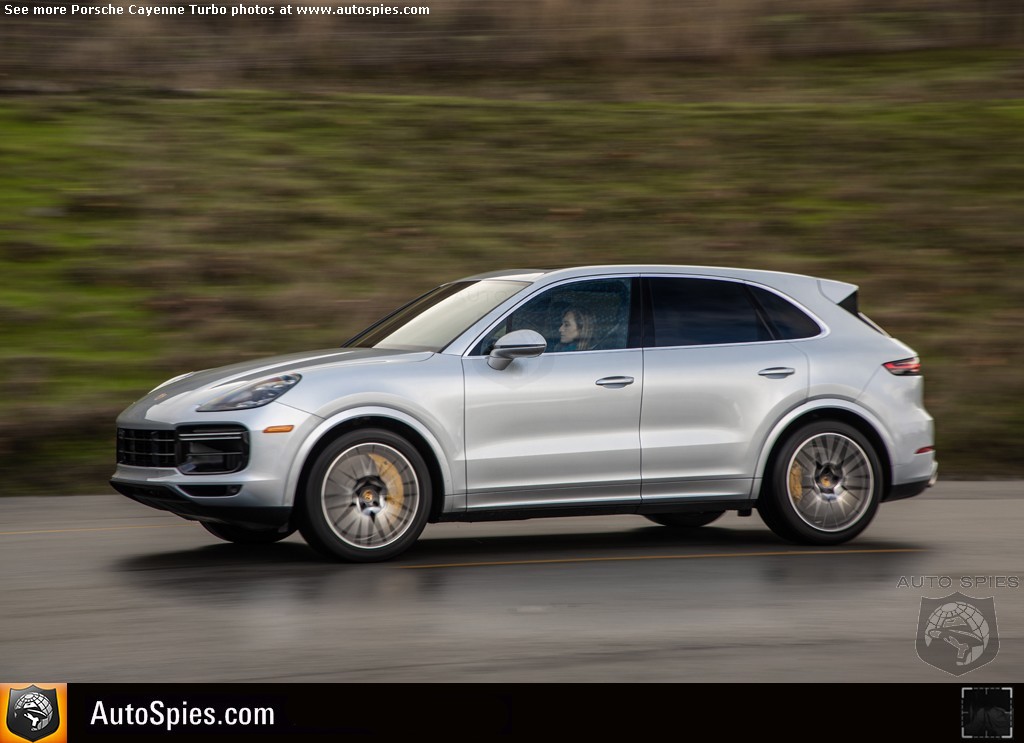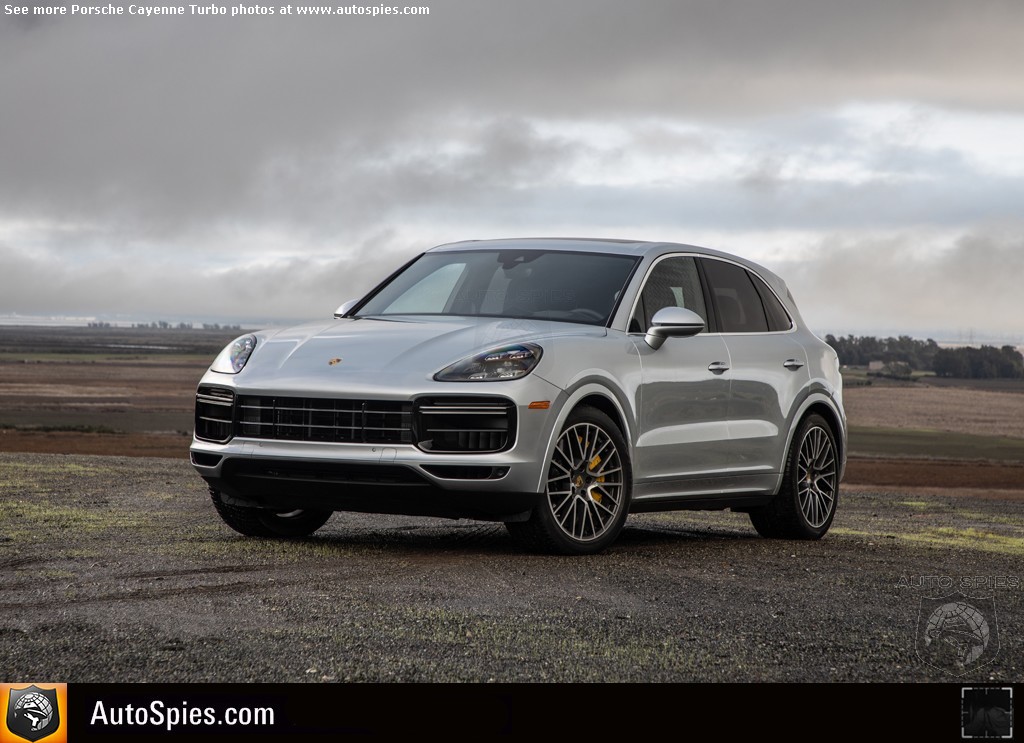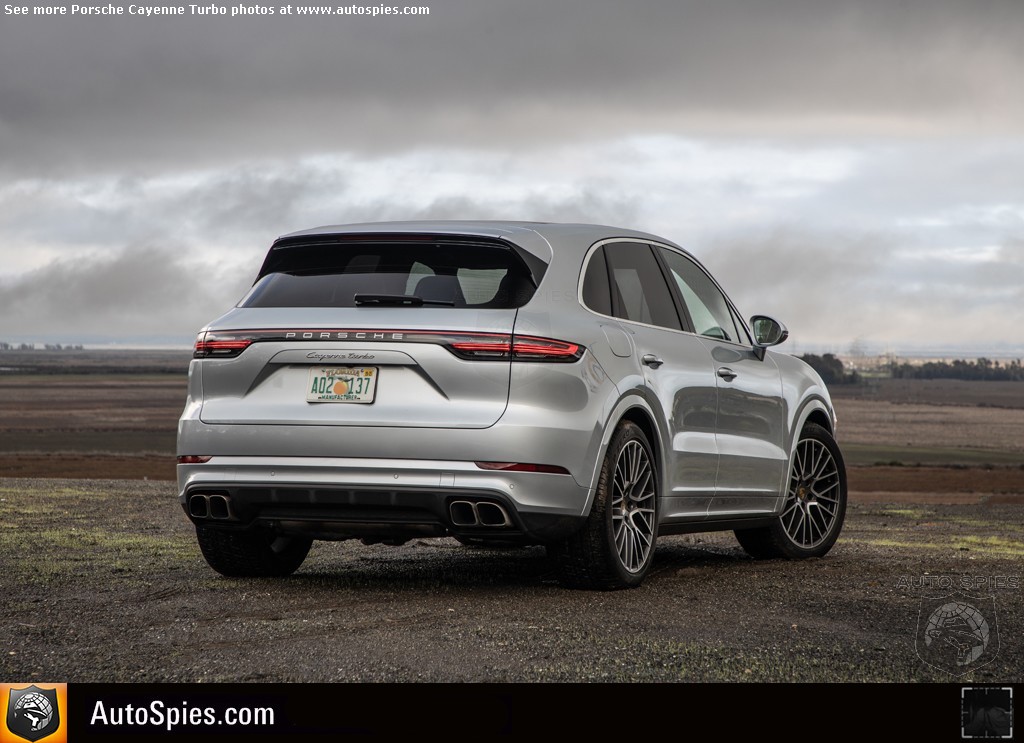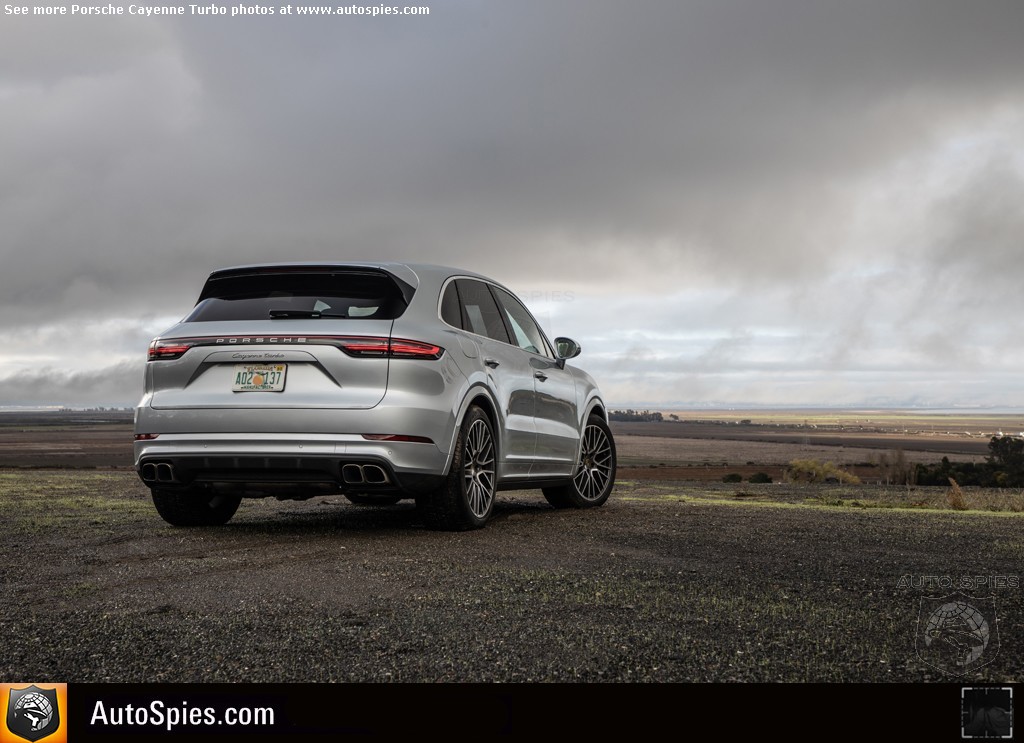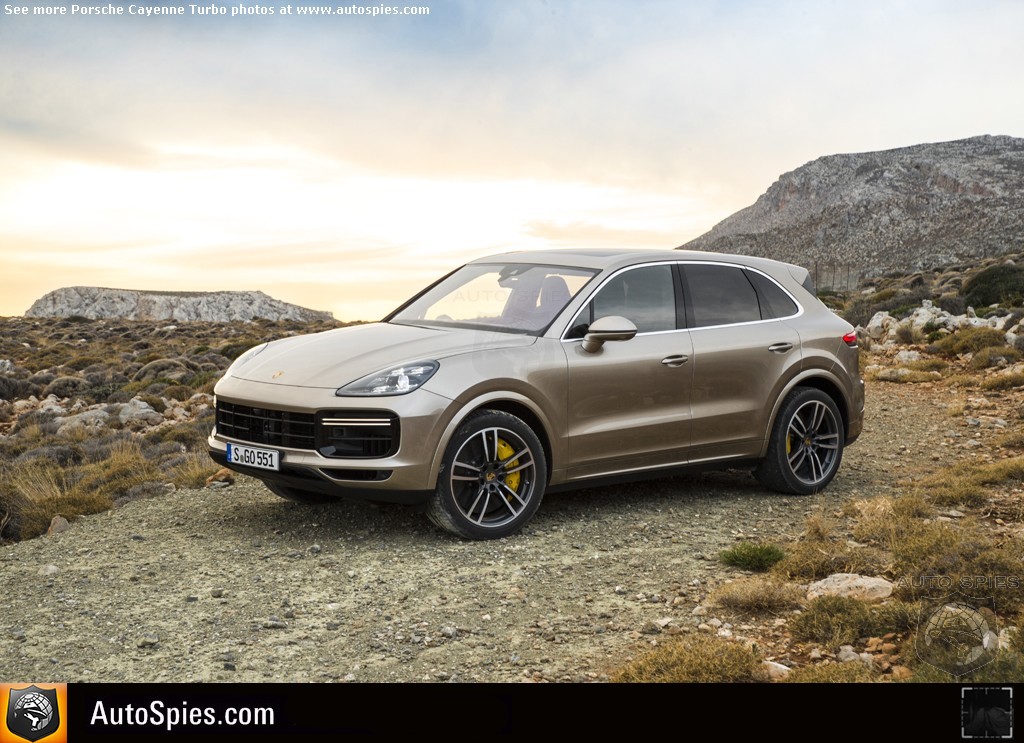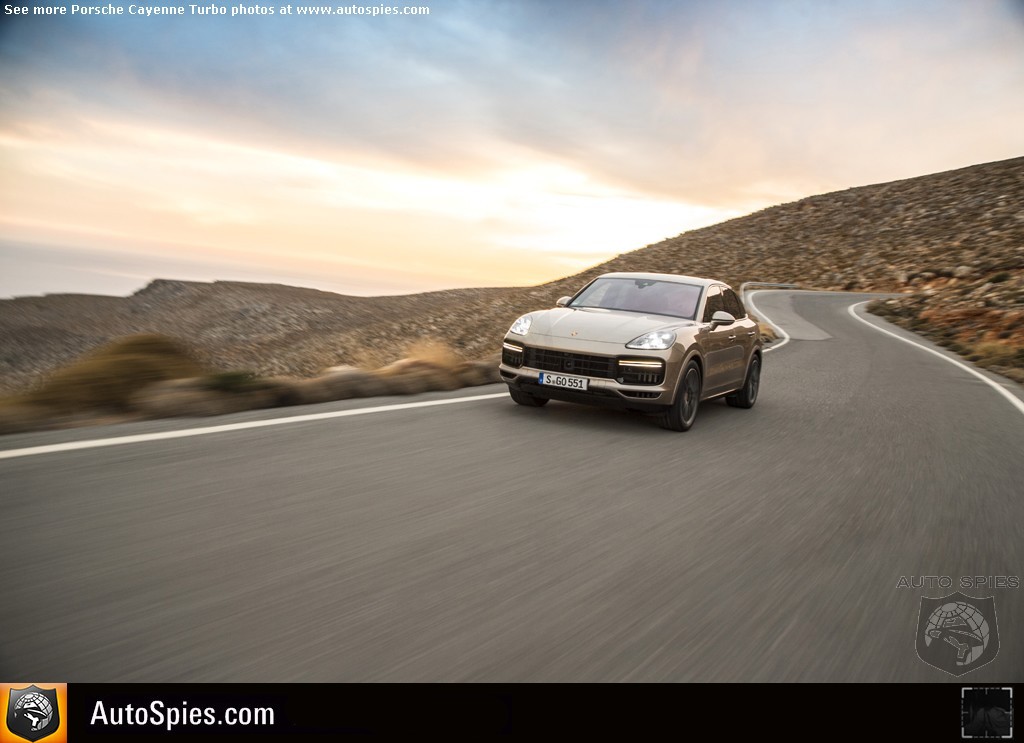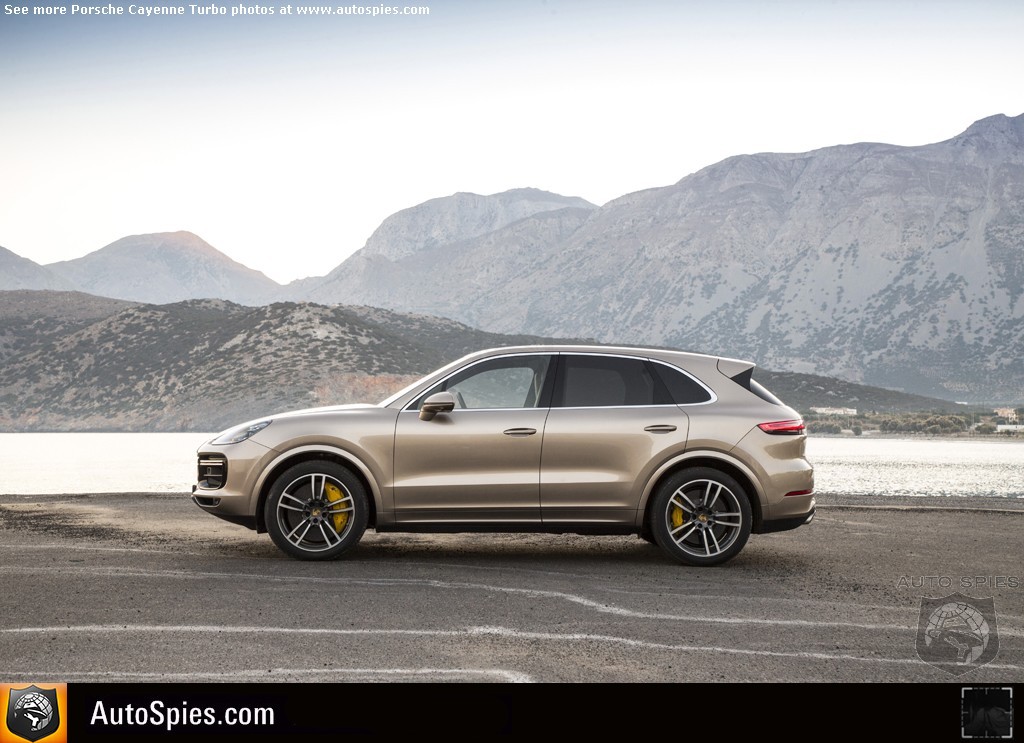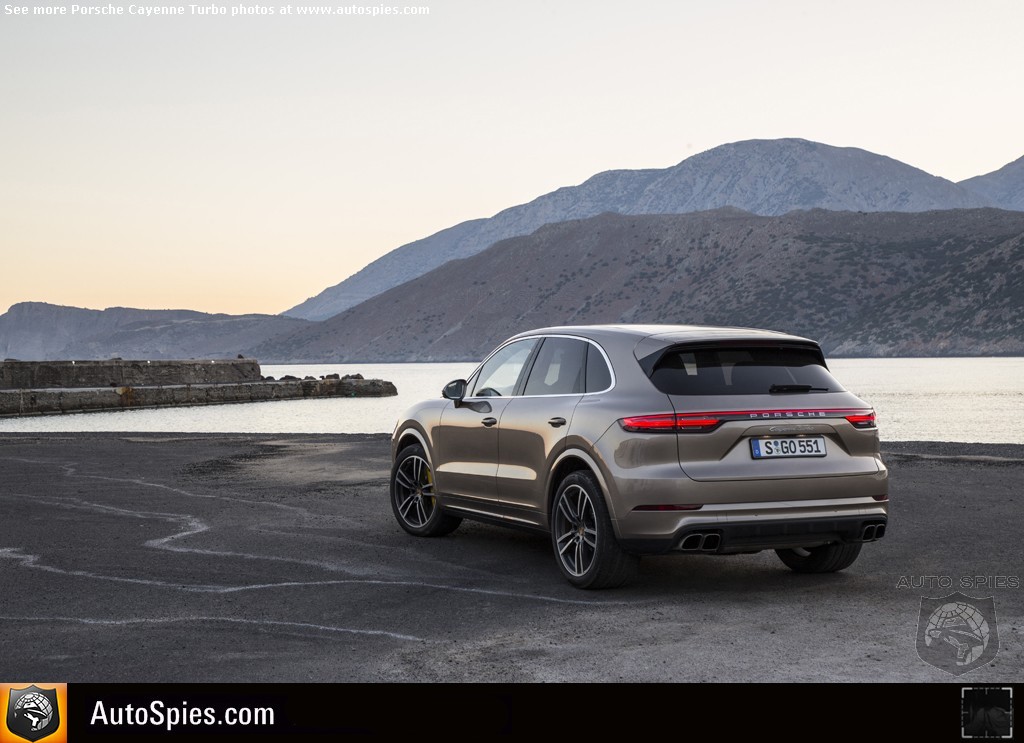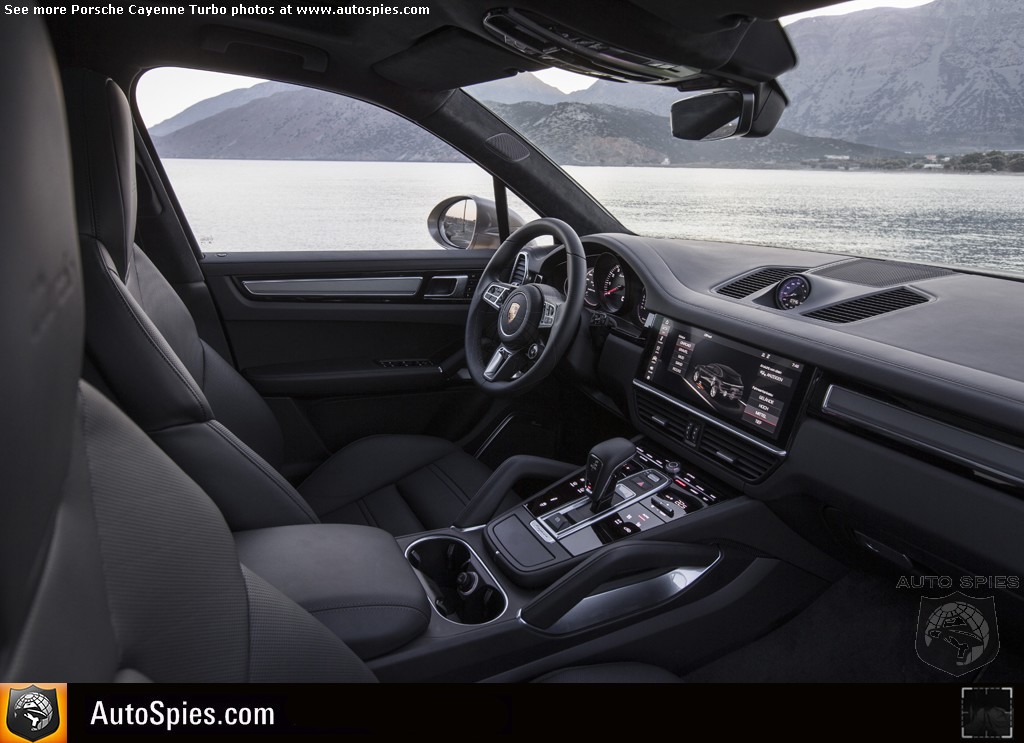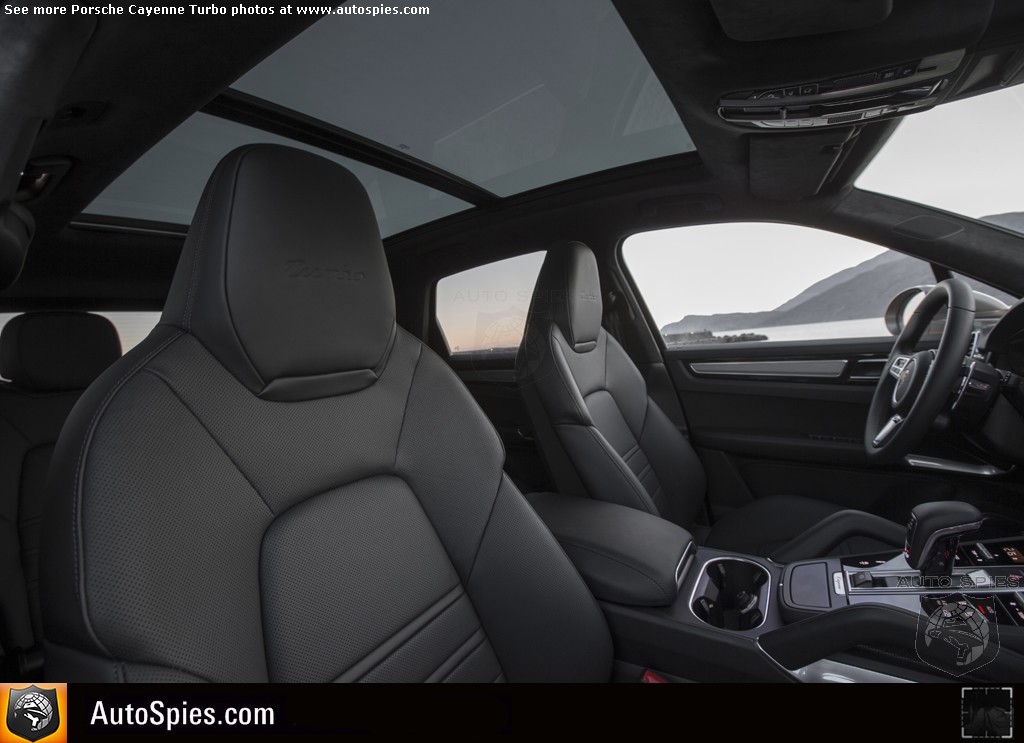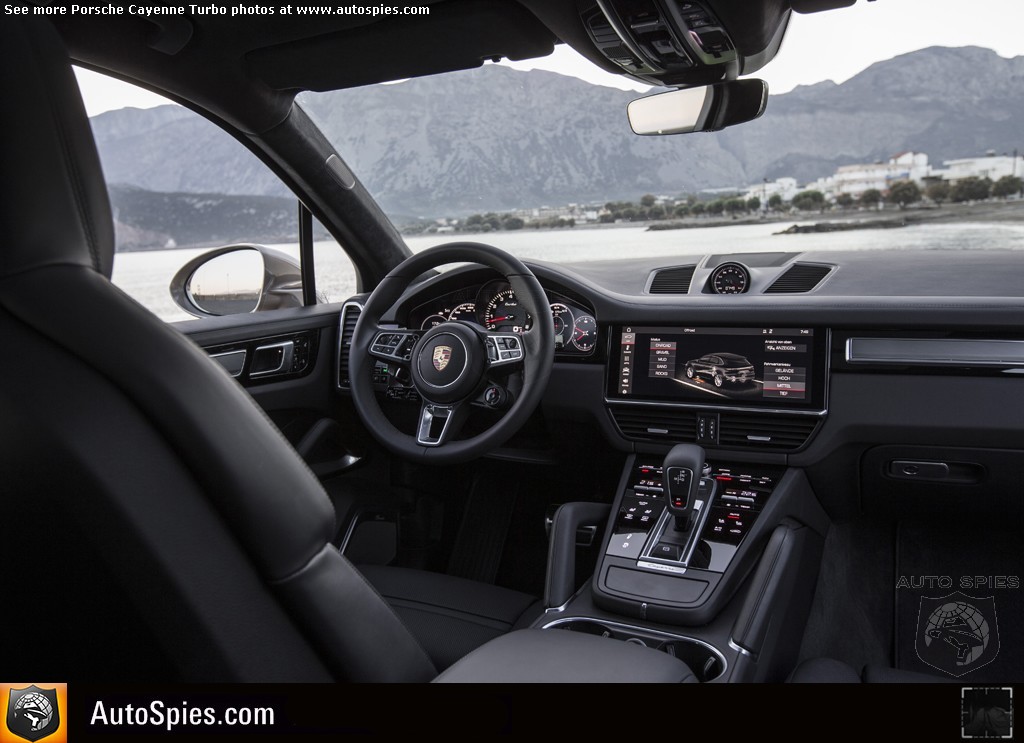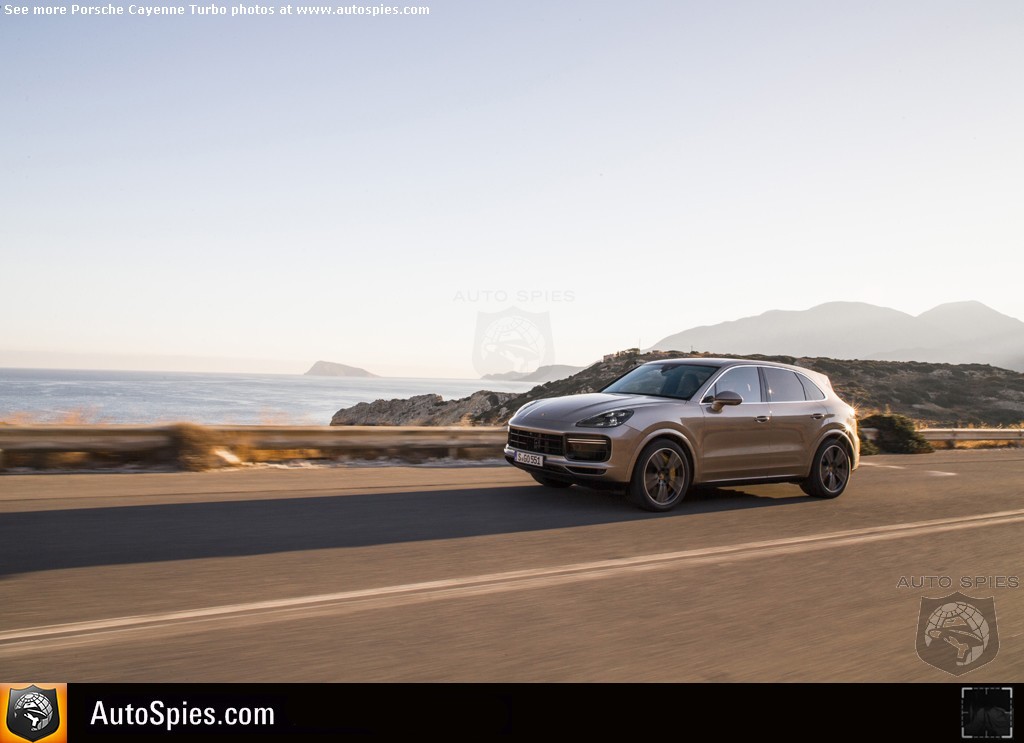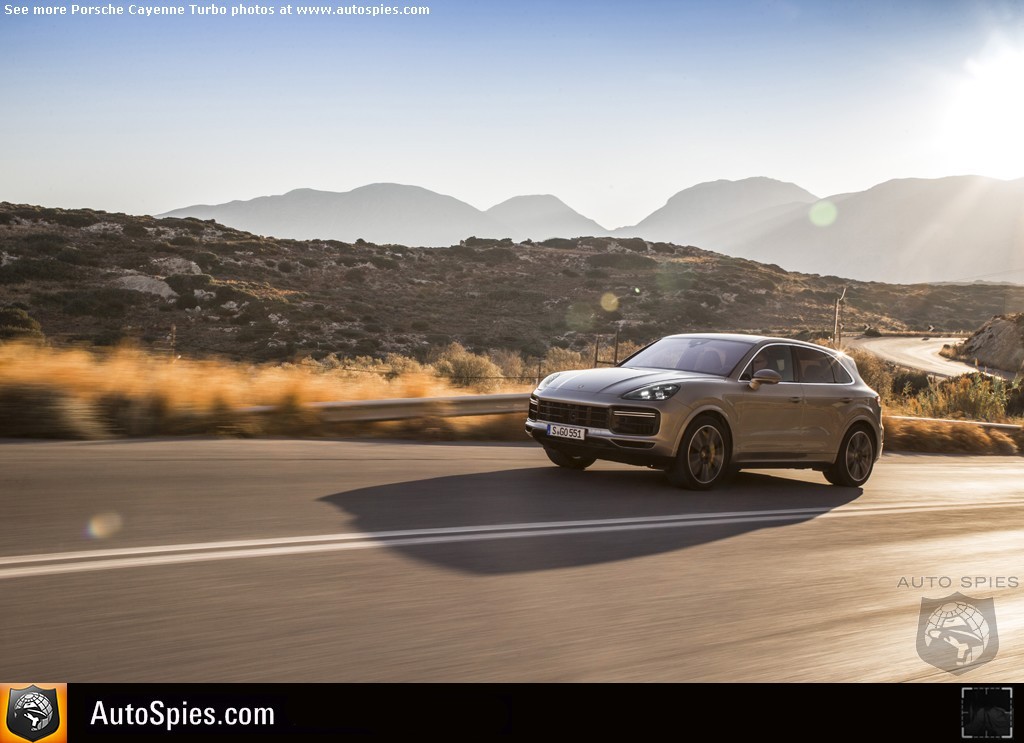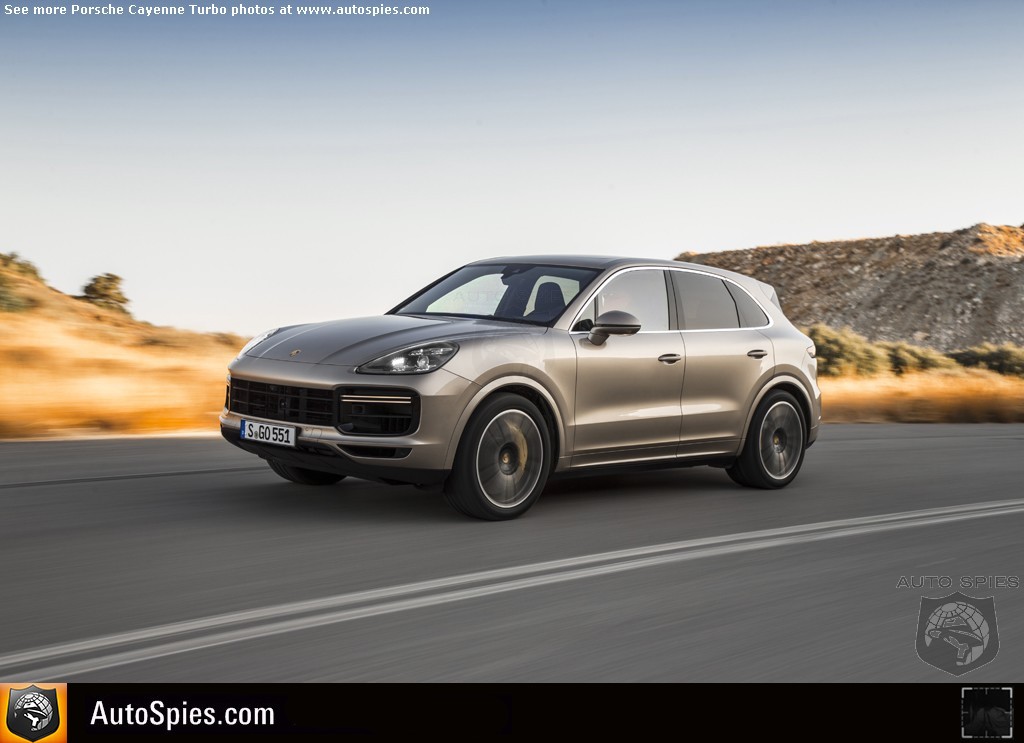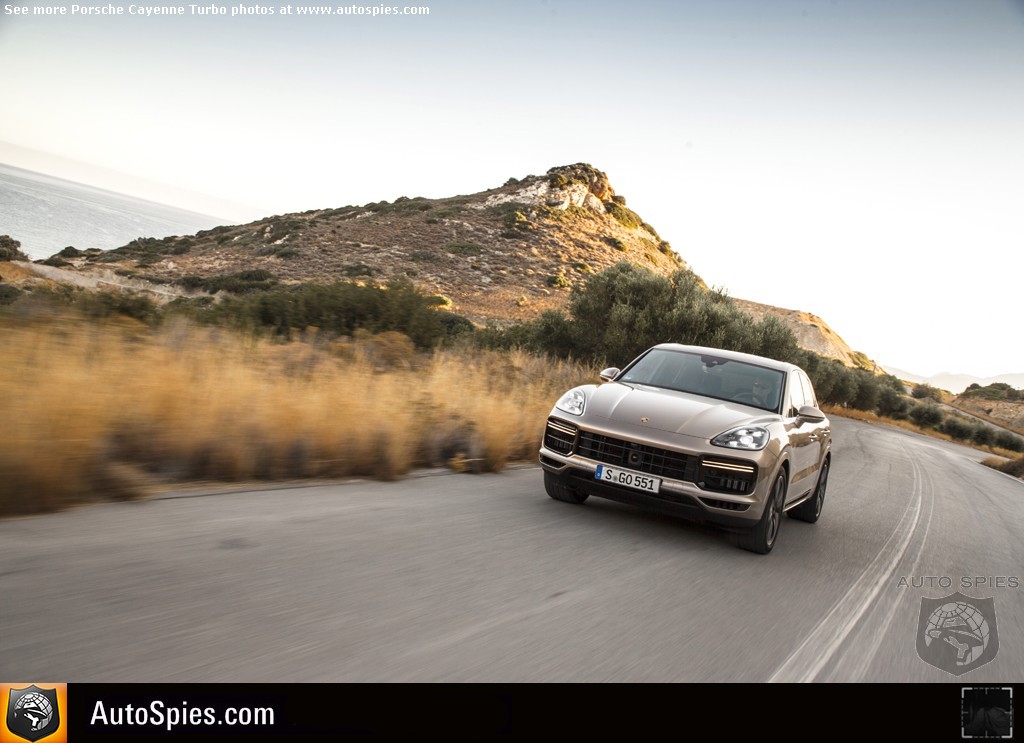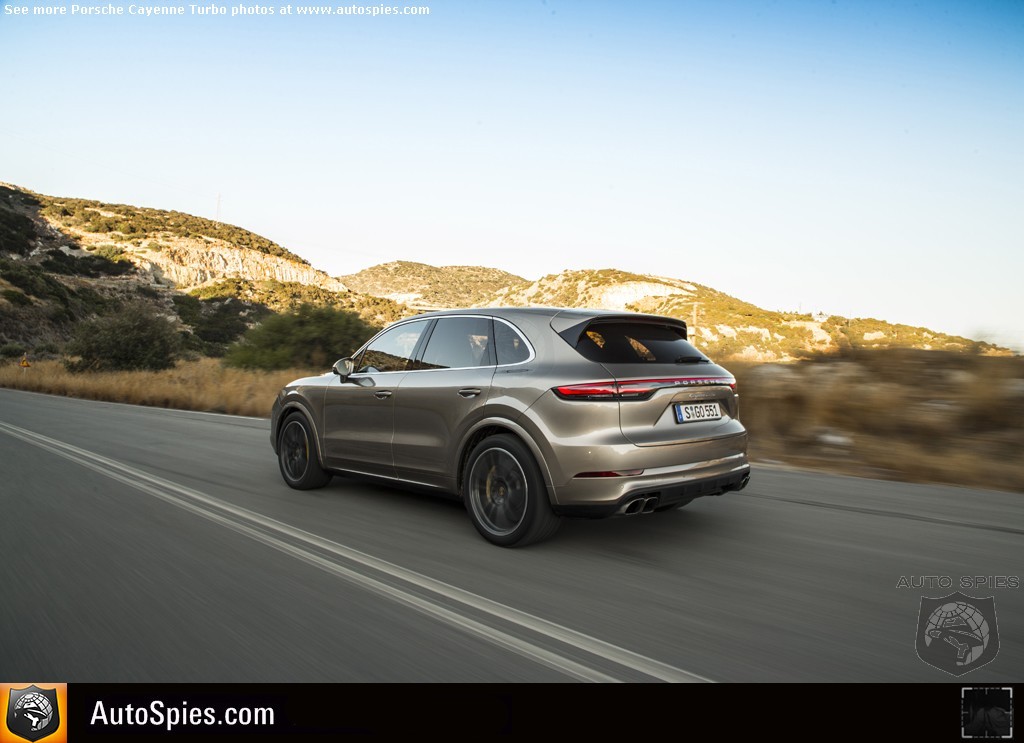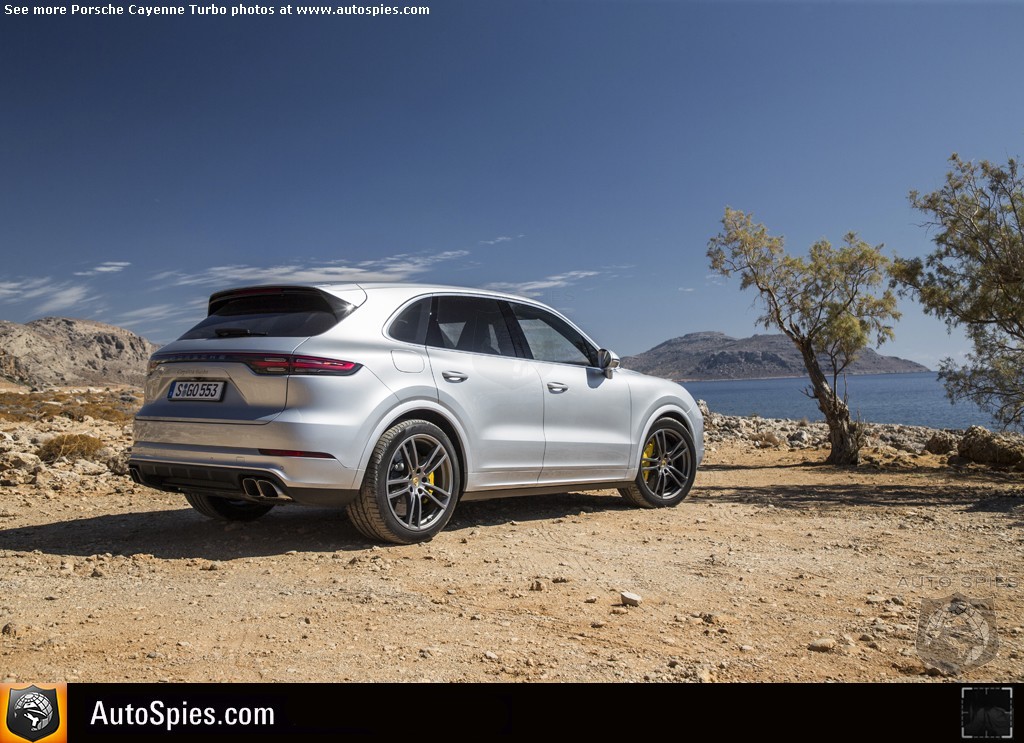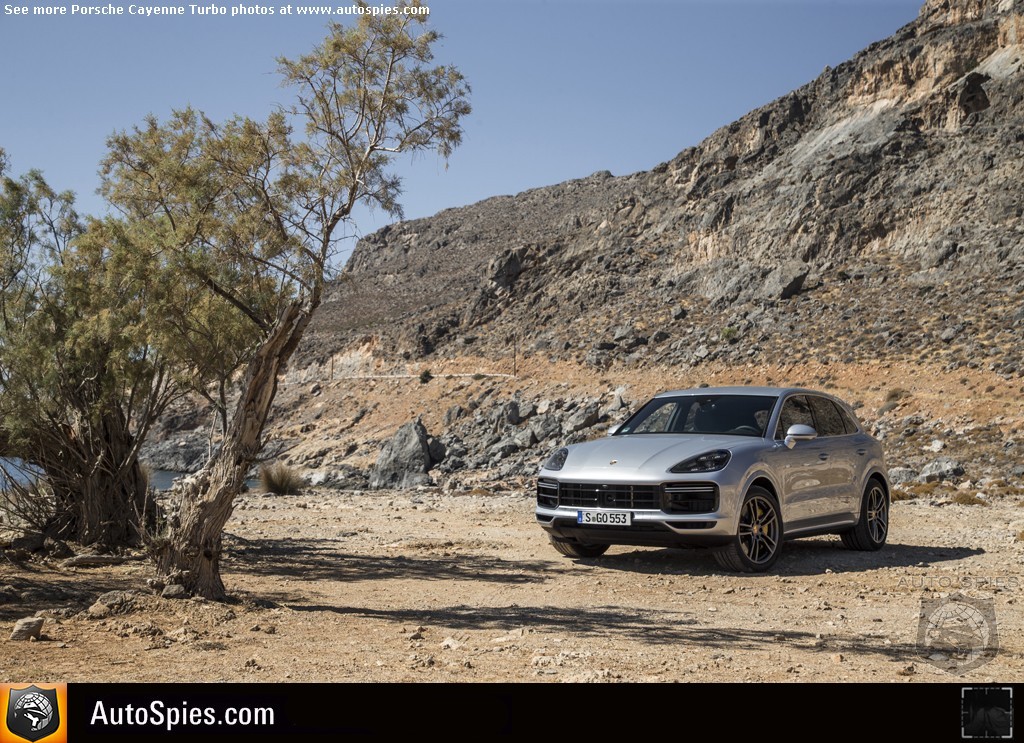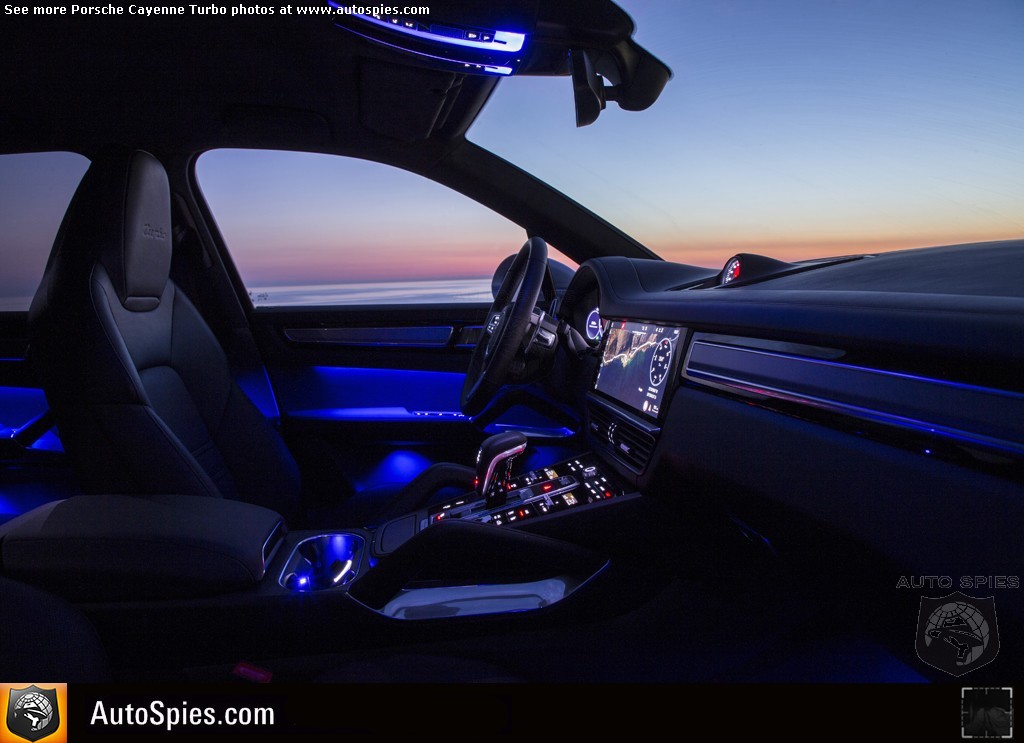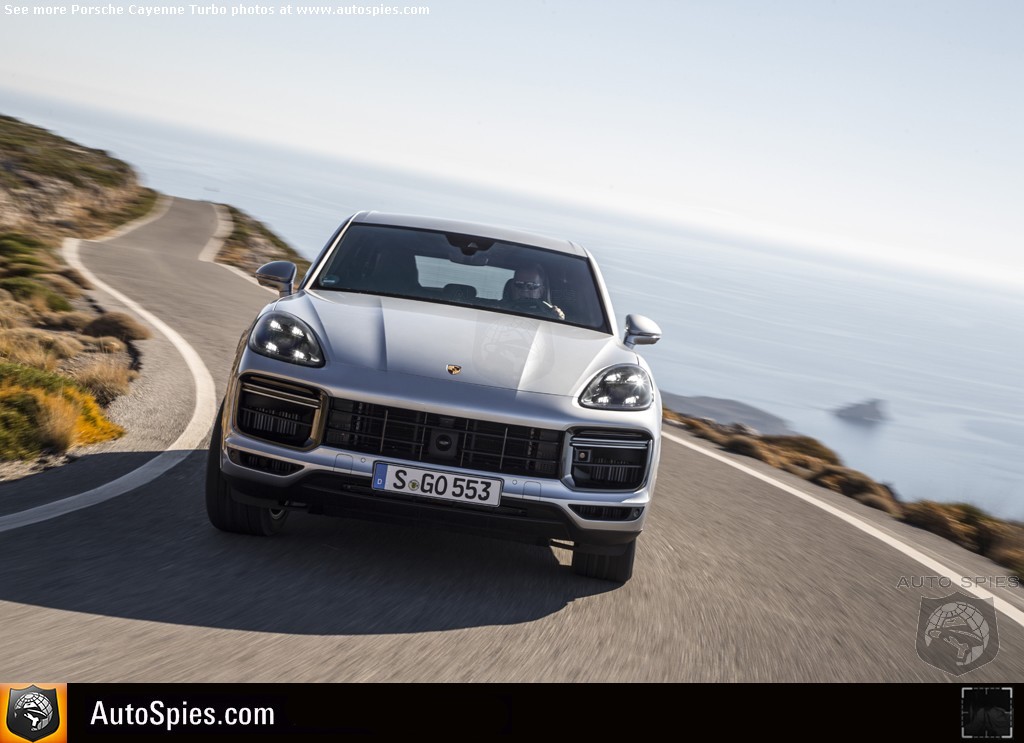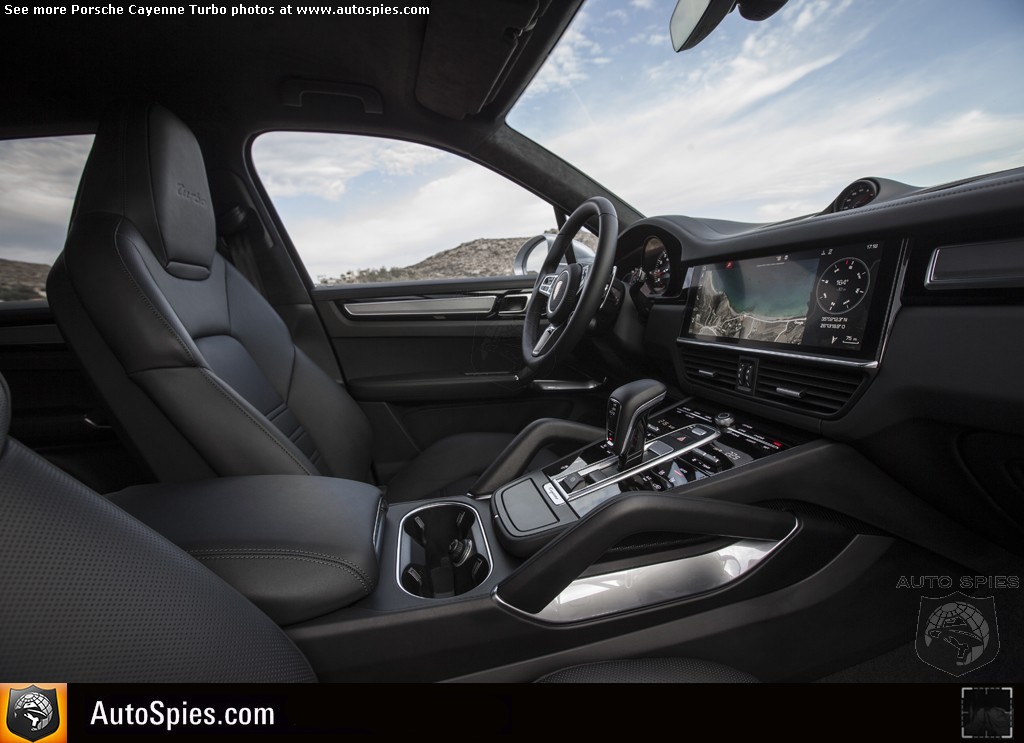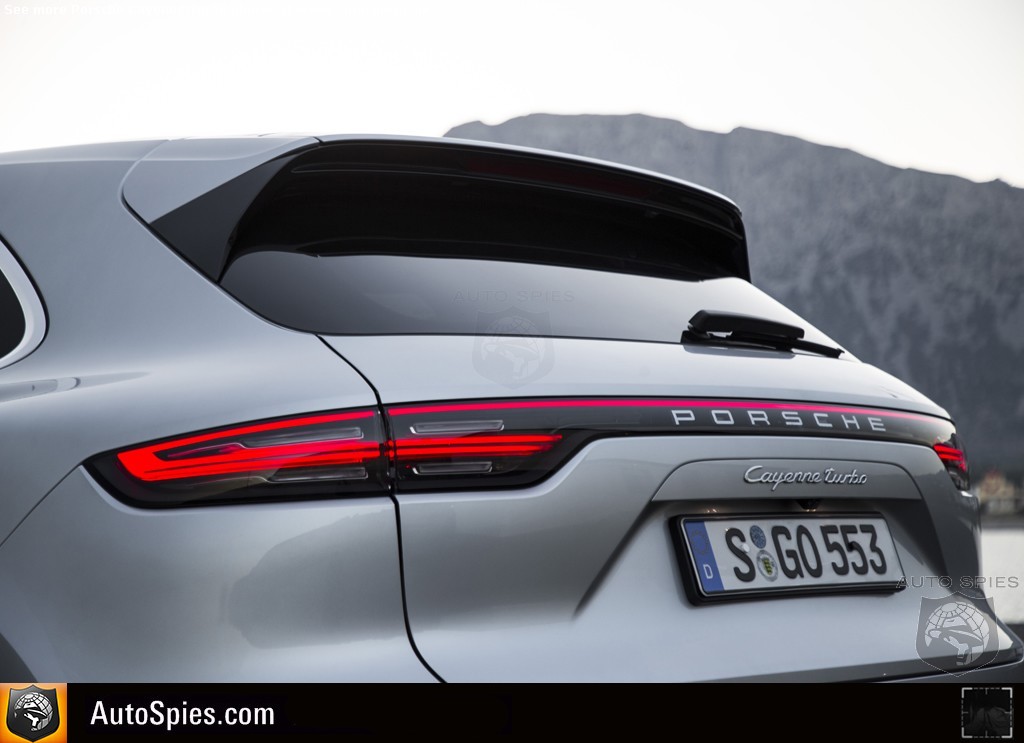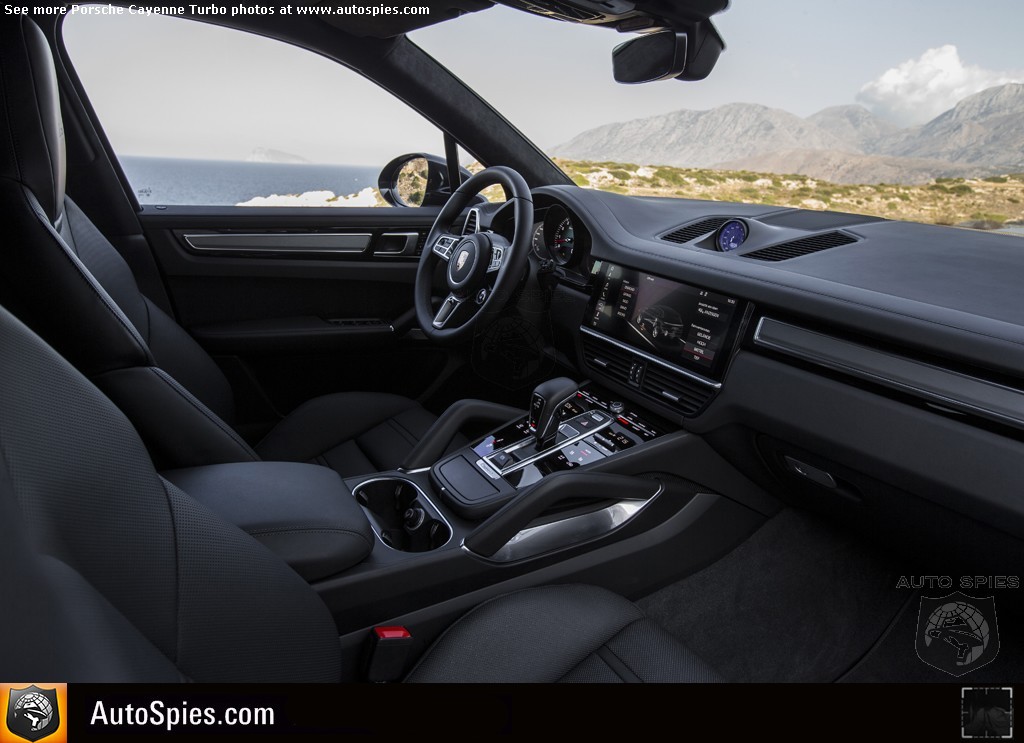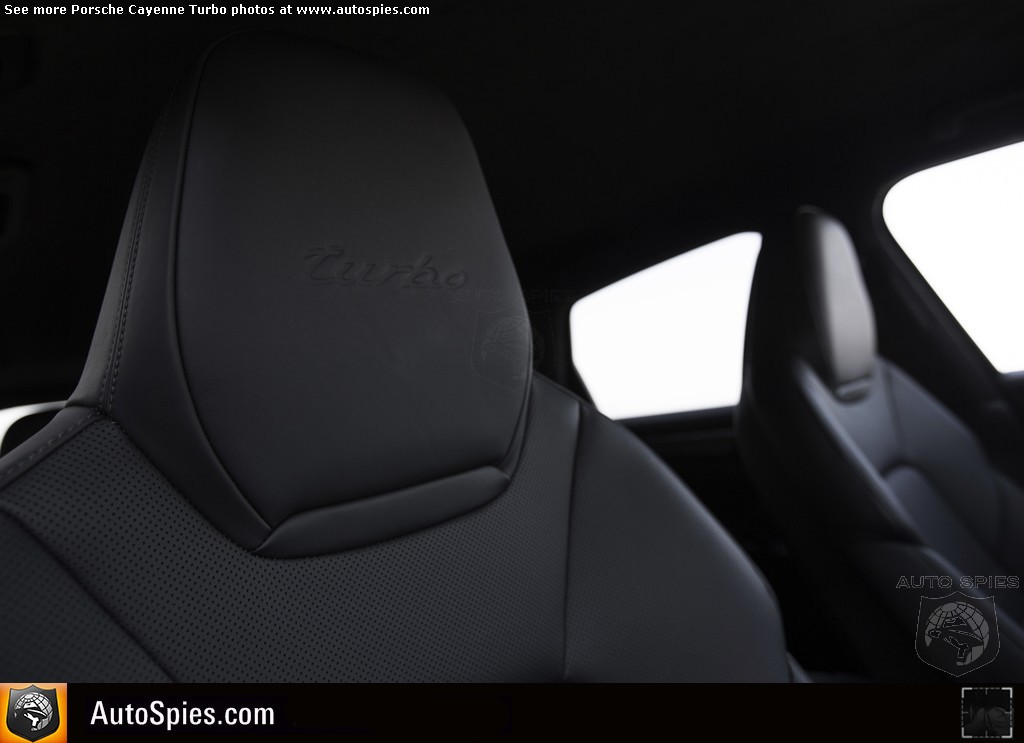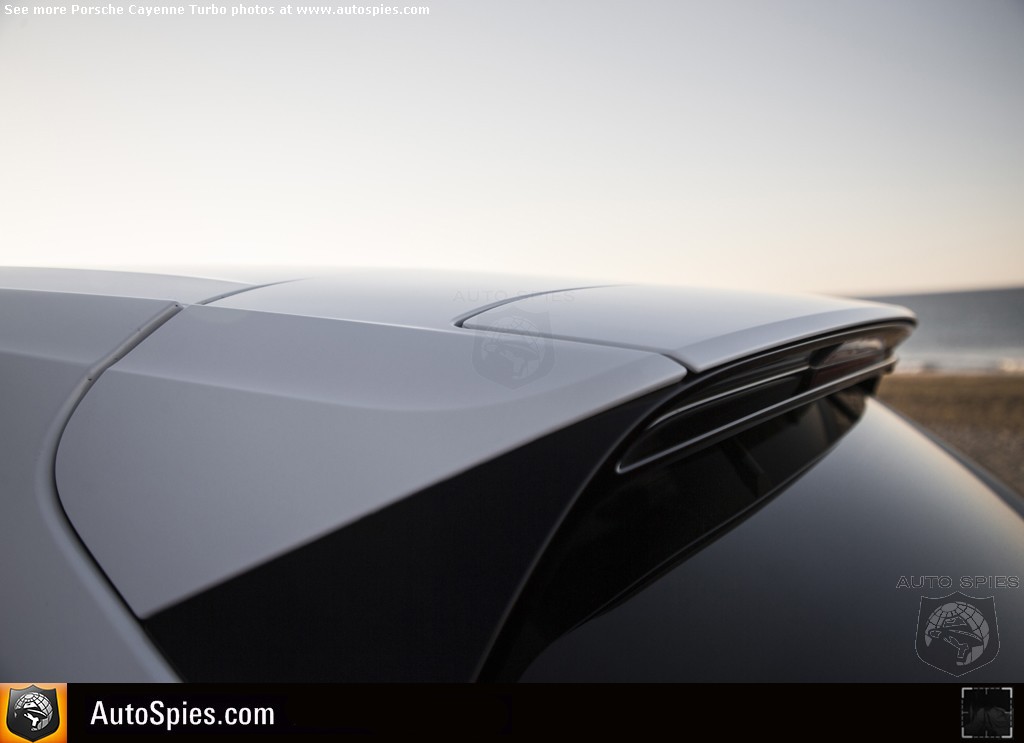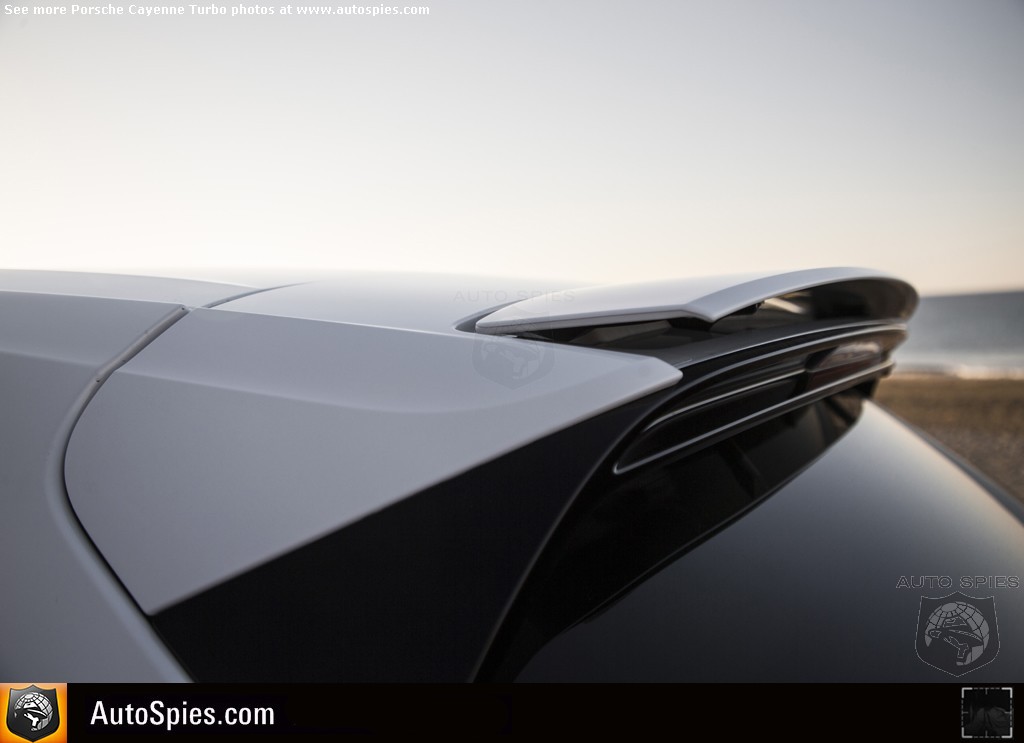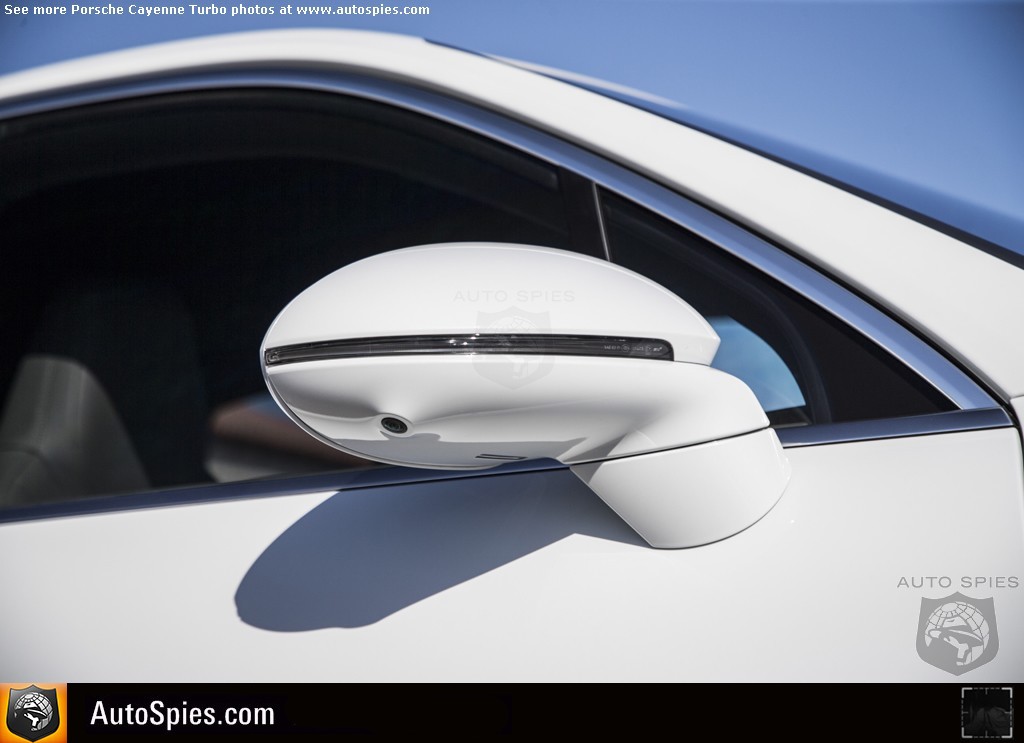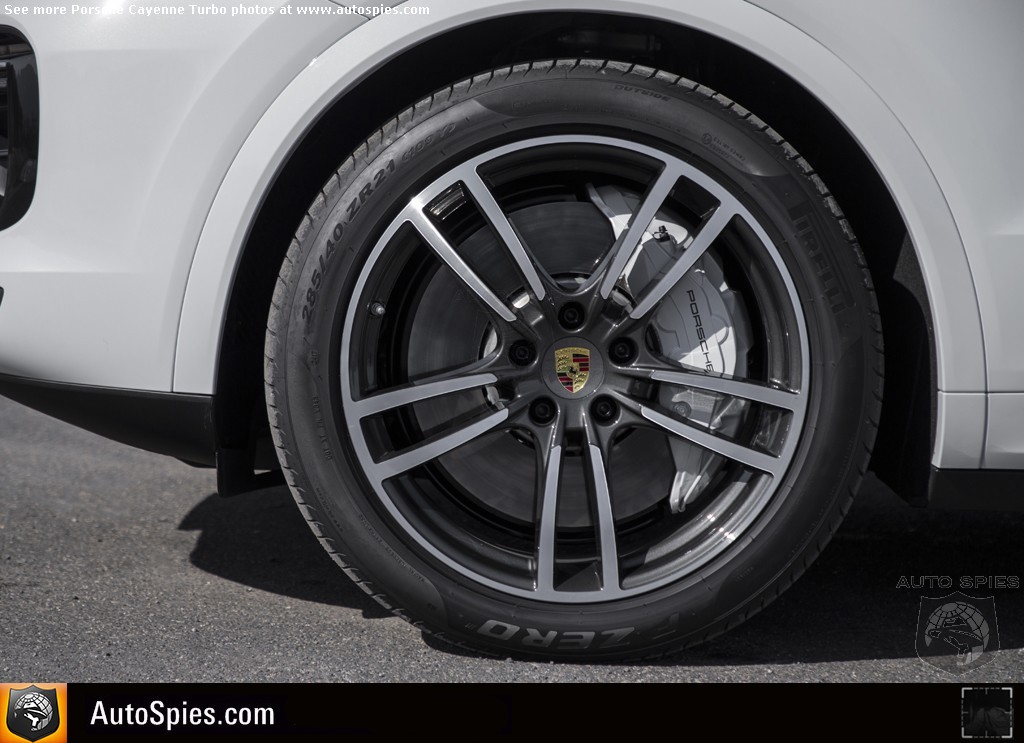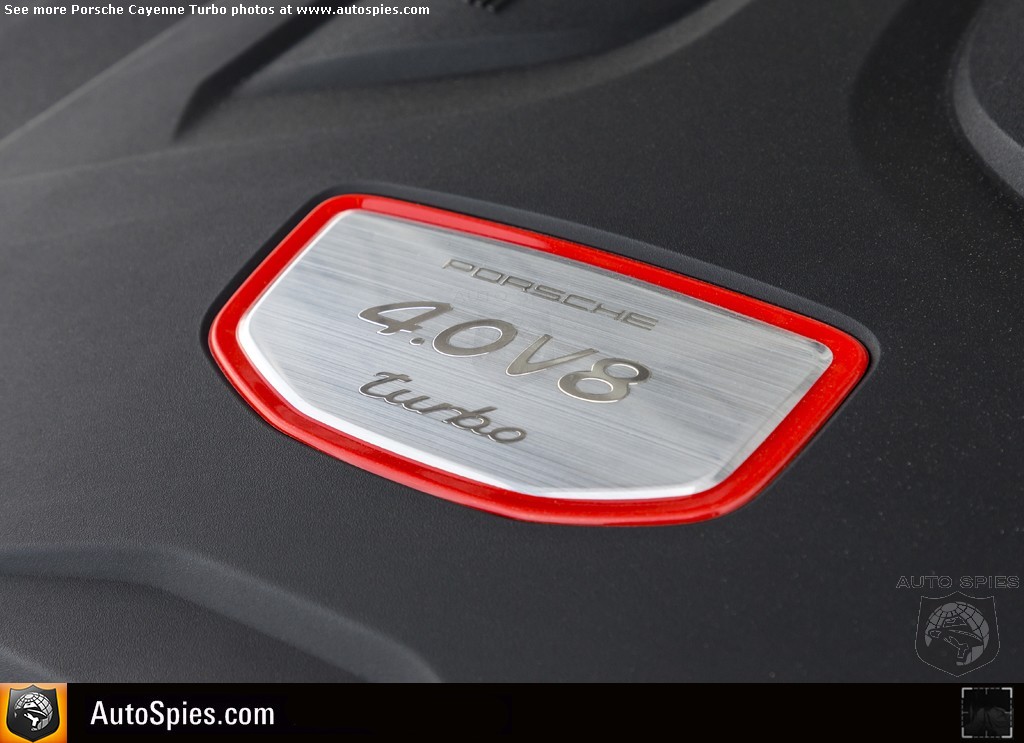I remember the revolt as if it were yesterday. When Porsche announced it was going to produce its first-ever sport-utility vehicle, Porschephiles essentially lost their mind. They couldn’t believe that a manufacturer of sports cars would switch gears — pun intended.
But there was a good reason for this move. Porsche needed a rejuvenation and while its 911 sports car was, and still is, considered an industry icon, it needed to sell vehicles that moved in volume. After seeing the success of the BMW X5 and Mercedes-Benz ML-Class, which is now known as the GLE-Class, the remedy was obvious.
Porsche Cayenne Turbo
Porsche released the Cayenne. While its exterior design didn’t impress, one thing was certain: Nothing else, at its size, drove like it on the road. It was a high performer yet the Cayenne could also find itself home on off-road trails. There was a bit of cognitive dissonance.
Now in its third generation with more competition than ever before, the question remains: Is there a substitute for Porsche’s interpretation of the SUV? This neatly brings us to our subject, the all-new Cayenne Turbo.
Porsche Cayenne Turbo
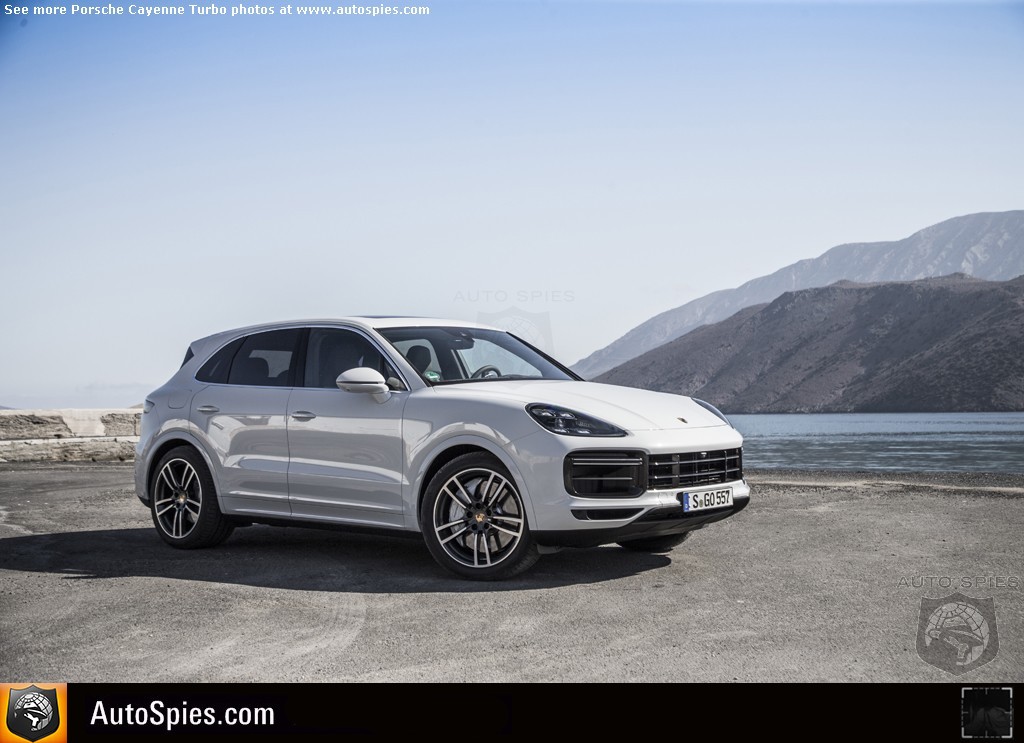
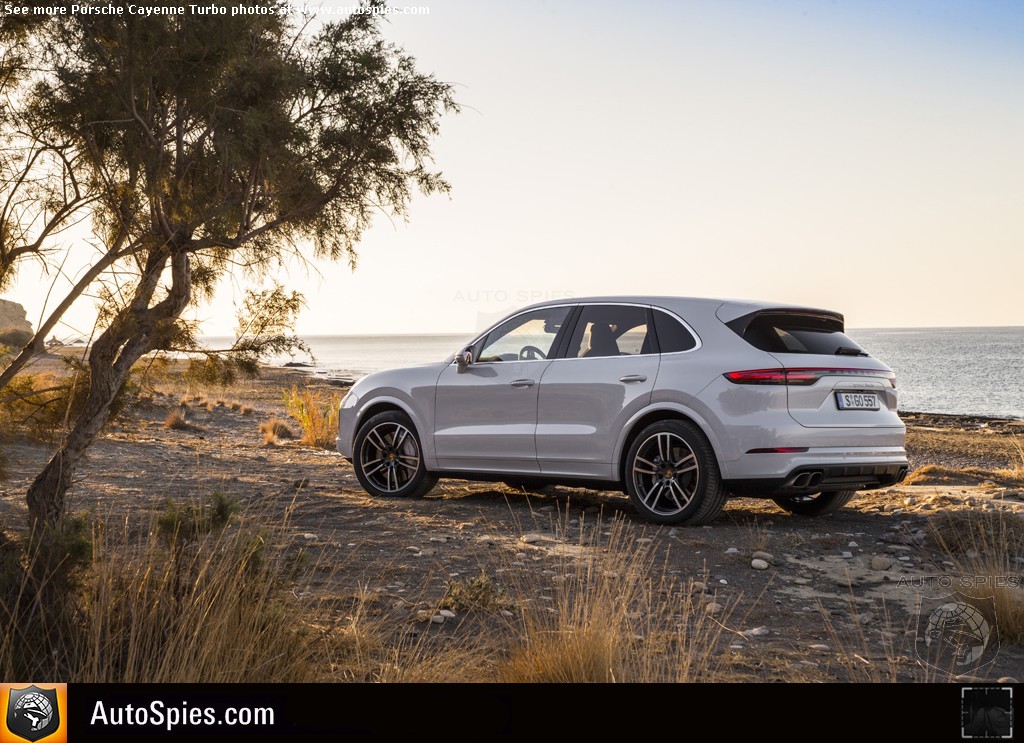
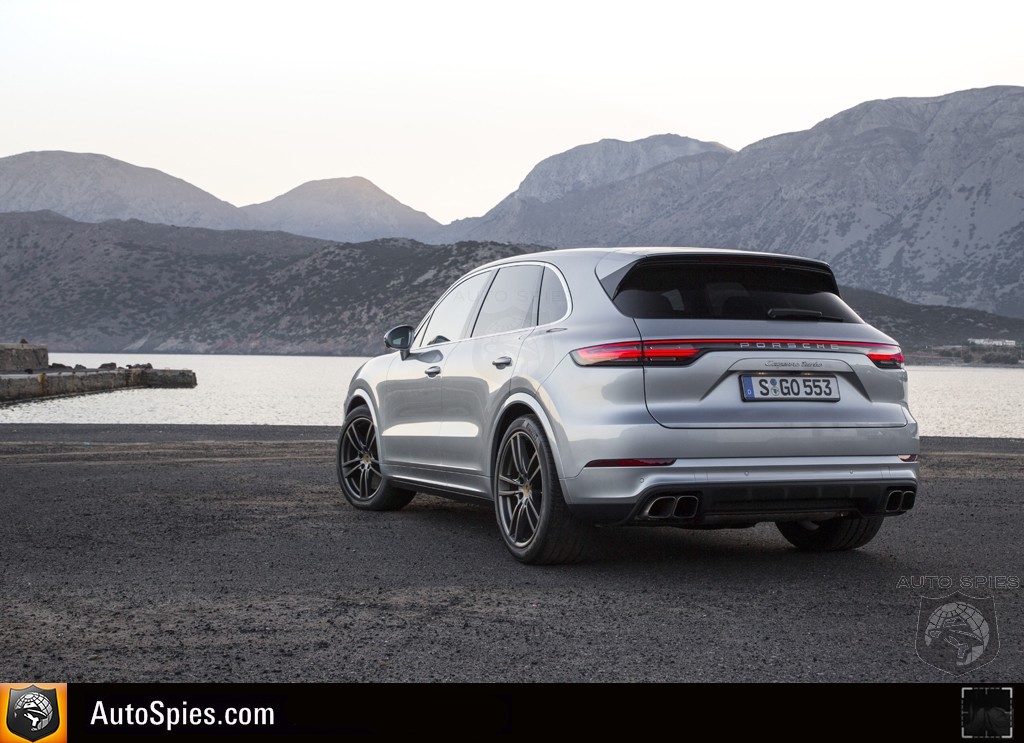
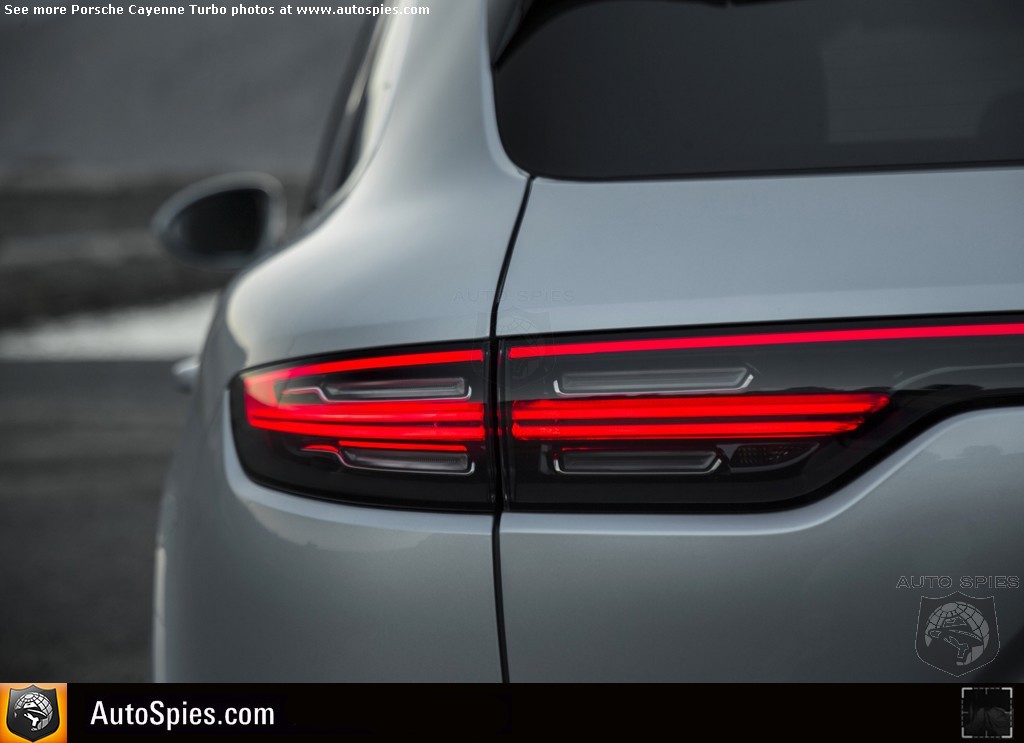
Upon taking delivery, I inspected its exterior closely. Largely, it looks the same as the second-generation Cayenne except for some tweaks here and there. The most noticeable differences are slight modifications to its headlights and front clip where the air intakes are more pronounced. Around back the once separated taillights are unified via an LED light bar.
Overall, its exterior design has evolved with a series of nip/tucks and there’s no question this is the best iteration yet. This is, more or less, the Porsche way. Incremental improvements over time versus drastic redesigns. It’s definitely come a long way from the first-generation Cayenne that was bulbous, off-putting and ungainly.
Where you will see a significant departure is in the all-new Cayenne’s cockpit. Getting more comfortable in the heavily bolstered sport seats, drivers are confronted with a three-spoke steering wheel and massive 12-inch infotainment screen located in the center stack. This is a welcome addition as screens, in general, get larger at home and in today’s latest automobiles.
Another neat party trick is the Cayenne Turbo’s center console, which is where previous generations had an array of buttons. This has been replaced with what’s best described as black panel technology. When the vehicle is off it looks similar to the darkened, glass screen of a mobile phone. When the Cayenne is turned on the “buttons” light up for use. Some of the ergonomics are peculiar, like the sometimes hard to reach volume control, which is placed in front of the gear selector. And sometimes you may accidentally toggle NAV instead of PHONE. It takes getting used to.
Most important, the seating position of the Cayenne is noteworthy because everything is easily within reach and you can see each of the vehicle’s four corners. Whether on the track or doing some off-roading, this is critical so drivers can “place” the vehicle.
My only major concern are the heavily bolstered sports seats. Although my test vehicle had less than 5,000 miles, there were already rather significant creases showing up on the driver’s seat. I can only imagine how this will look at 50,000 miles. The answer: Not good.
I have to admit though, my furrowed brow disappeared once I turn over the big daddy Cayenne. Its twin-turbo V8 engine sparks to life and it emits a rumble through its quad-tipped exhaust. Producing just over 540 horsepower and over 565 lb.-ft. of torque, the Cayenne Turbo’s V8 is coupled with an eight-speed automatic transmission. While I am sure some will be critical that this isn’t a dual-clutch PDK transmission, I am pleased Porsche didn’t go this route. Shifts are more than snappy using this Tiptronic S gearbox.
Although it weighs nearly 4,800 pounds, that doesn’t hurt its ability to gain speed as zero to 60 comes in a staggering 3.9 seconds. Using launch control shaves a couple tenths of a second off but unless you’re at the drag strip you won’t be worrying about that much.
During a week with the Turbo I achieved 16 mpg. Could it improve? Sure. But don’t forget this is a 500-plus horsepower machine.
Jutting out from the steering wheel is a rotary dial, which is how you control the Cayenne Turbo’s driving modes. There’s Normal, Sport, Sport Plus and Individual if you are especially particular with the vehicle’s setup. Around town, I switched between Normal and Sport for a more comfortable driving experience and crisp shifts. For that extra bit of confidence while traveling at highway speeds I turned the switch to Sport Plus to heighten the Turbo’s performance by lowering its suspension, activating its roof-mounted spoiler and sharpening up its throttle.
Porsche Cayenne Turbo
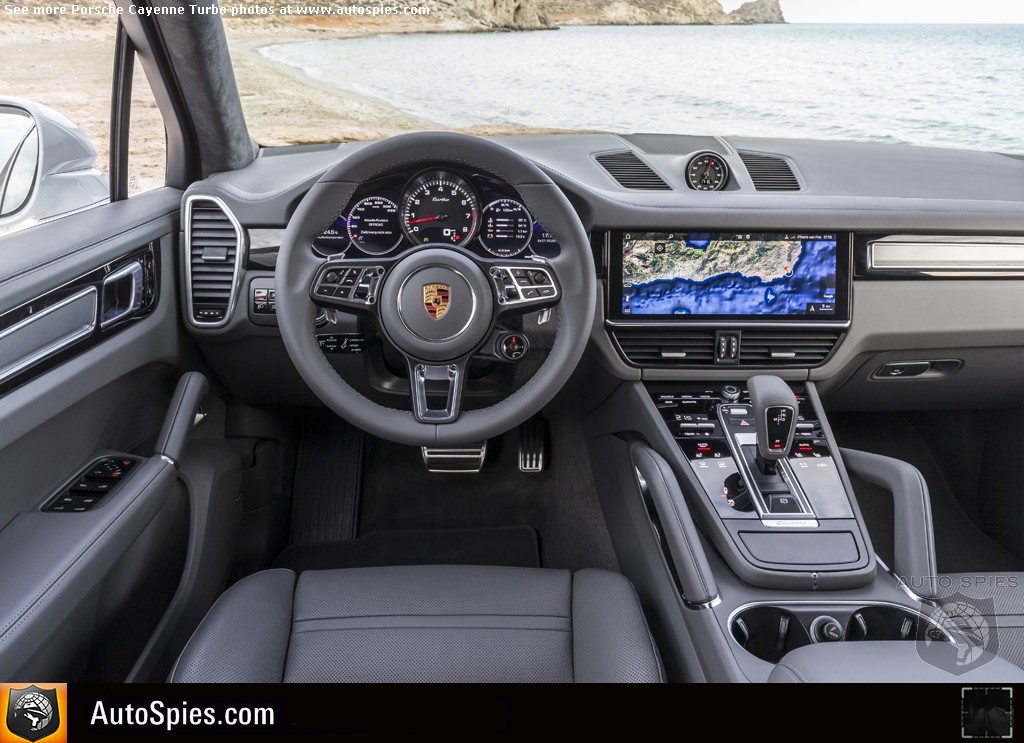
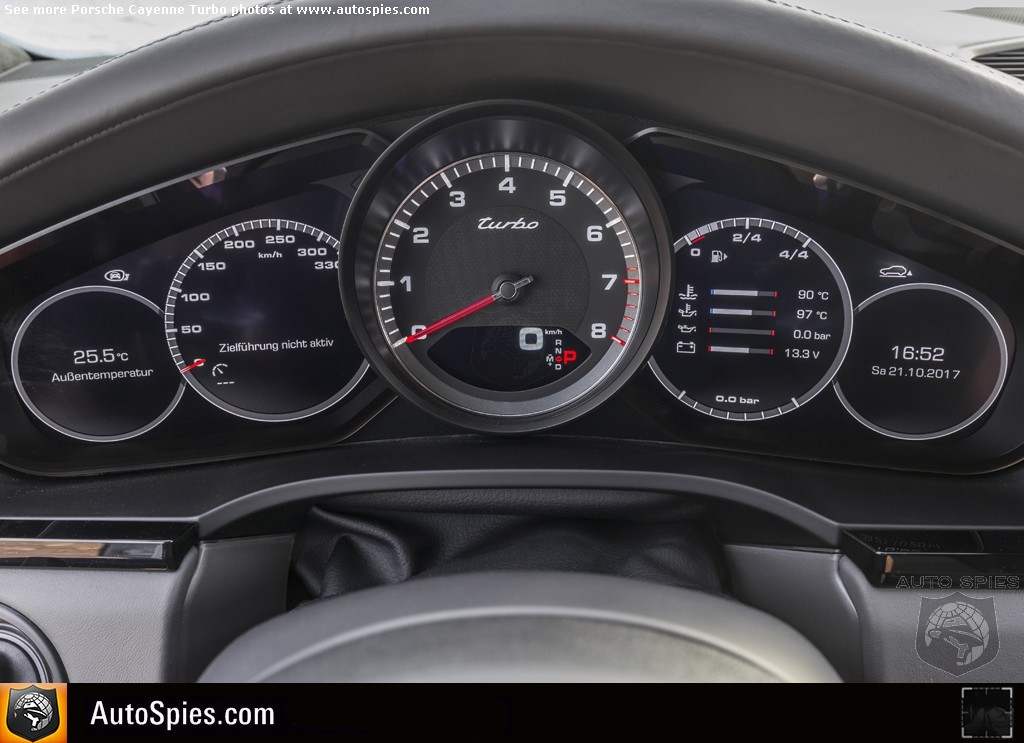
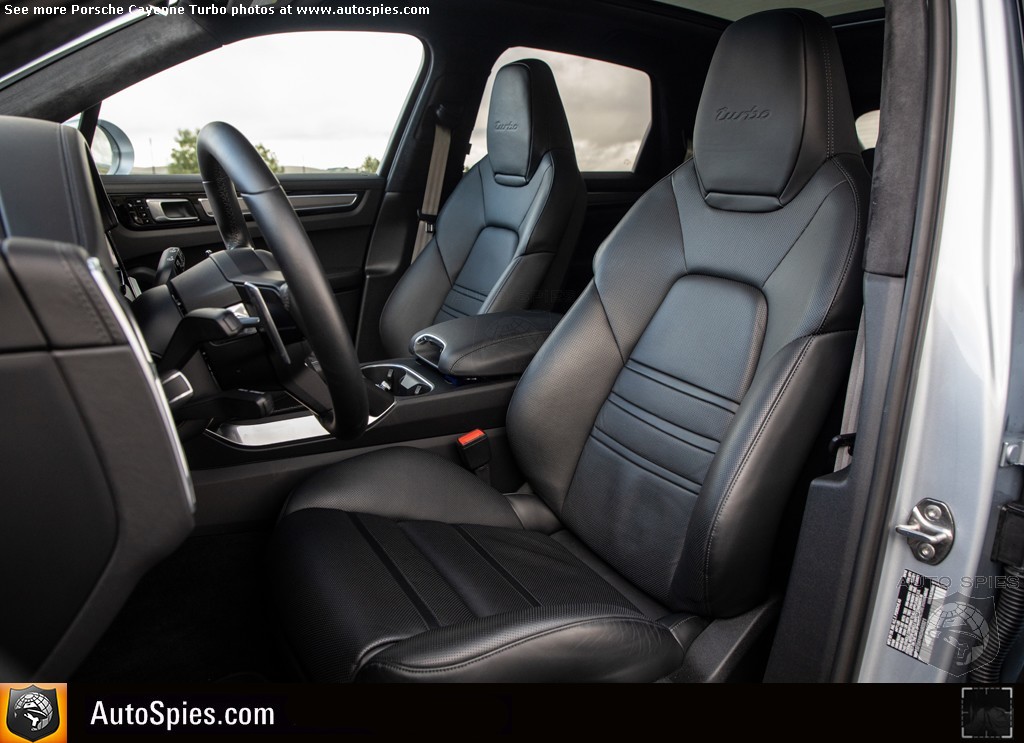
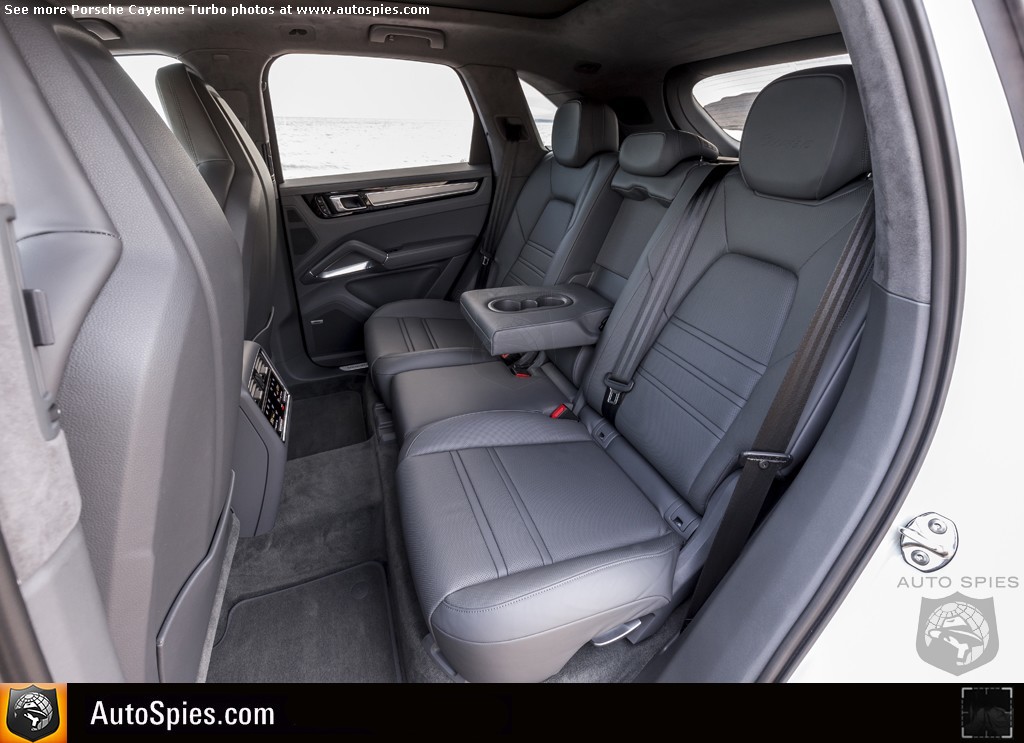
Whether around town or operating at highway speeds, what is remarkable about the Cayenne Turbo is its flexibility. With nearly 550 horsepower it’s easy to drive to the shops to run errands, or make a blistering drive in the middle of the night from Manhattan to the suburbs. While I wish its cabin was a bit more isolated from imperfect road surfaces, it strikes a healthy balance for such amazing performance. If you want a magic carpet ride, you’d be better served with something akin to the all-new BMW X7 but just know that vehicle can’t hold a candle to the Cayenne’s performance credentials. This is apparent when you push the Turbo on country roads.
Using Sport Plus while clicking the Cayenne Turbo’s paddles to shift gears, its booming V8 makes its presence known. Hugging two-lane country roads, the Turbo is unfazed as we move from one corner to the next. The Porsche’s steering is perfectly weighted and precise. While I wish it were more communicative, that’s just not going to happen as the latest vehicles have ditched hydraulic steering racks for electrically assisted ones.
What left me truly astonished is how much more advanced this all-new Cayenne is when taken to its limit. It’s hard to believe it weighs nearly two and a half tons. That’s because the Cayenne Turbo’s body is so controlled for a vehicle of its size and heft. It inspires confidence and makes you feel good to give the “go” pedal some gusto.
Adding to that is the benefit of optional rear axle steering, which is being employed for the first time in a Cayenne. It’s no wonder my test Cayenne felt so much more nimble and sporting than its predecessors. Previous generation Cayennes felt far less nimble and more akin to a tank whereas this latest Cayenne feels more like it’s in touch with Porsche’s sports car roots. I just love the way it changes direction in the switchbacks.
For nearly $130,000, you can get a lot of different types of SUVs in today’s super competitive market. You can find something more comfortable, and there’s others that possess more space and seating for a growing family. There’s even SUVs that are faster.
But what sets the Porsche Cayenne Turbo apart from the others is its ability to balance all of the aforementioned in one package. All while providing an interior that sets an industry benchmark for execution and stunning build quality.
Although the Cayenne may have been considered too heavy and ponderous in its earlier iterations, there’s no question in my mind that the all-new Cayenne has claimed a position as one of the top SUVs for buyers looking for a vehicle intended for drivers. It’s just a matter of whether you want to write that fat check, which will only get bigger once you start adding options to it.
That’s, simply, the Porsche way.
The Good:
- The third-generation Cayenne is a significant leap forward in terms of driving dynamics
- Porsche’s tech is, frankly, awesome — love the infotainment, which operates fast
- Its interior is top notch
The Bad:
- Heavily bolstered seats work great and are super comfortable, but may wear poorly — the same can be said for any heavily bolstered seat
- 16 mpg isn’t the best
- At first glance the price doesn’t seem so bad but once you start adding options, it gets ridiculous — Take, for example, $940 for comfort access and $430 for ambient lighting
The Lowdown:
The latest Cayenne is an engineering marvel. Mostly because it is so damn capable as a high-performance SUV. Kudos to Porsche for making it feel less tank-like and more nimble. It’s a vast difference. There is one snag, however. That would be the Cayenne Turbo’s pricing. If you’re seeking value, it’s not here — keep it moving. While I understand the a la carte model, there’s a bunch of items that one would expect to be standard at this price tag. It’s very easy to go beyond the $150,000 mark when spec’ing your Cayenne Turbo. To me, this is a huge vulnerability when the SUV market is as competitive as ever. And, the BMW X5M exists.
Porsche Cayenne Turbo
